Chemical Science and Engineering News
News Archives
-
September 29, 2025
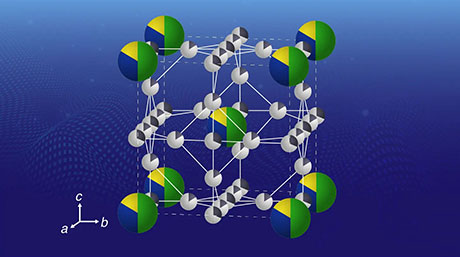
Overcoming the barriers of hydrogen storage with a low-temperature hydrogen battery
-
September 22, 2025
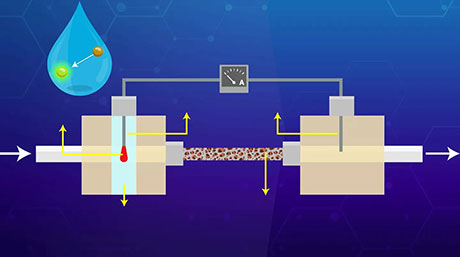
Flow-powered pollution sensor for amine detection in water
-
September 19, 2025
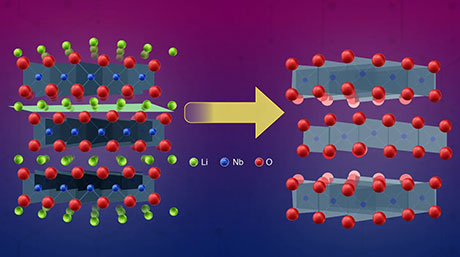
From layered transition metal oxide to 2D material: the discovery of 2H-NbO2
-
August 7, 2025
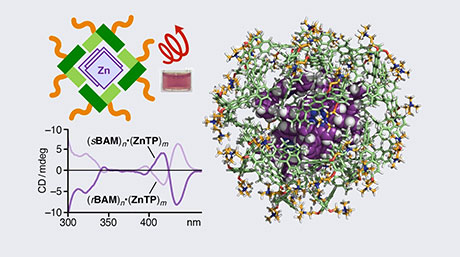
Chiralization of metal-containing dyes upon mere encapsulation
-
June 19, 2025
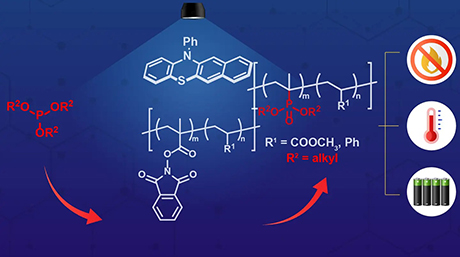
Sustainable polymer modification with light for next-generation materials
-
June 5, 2025
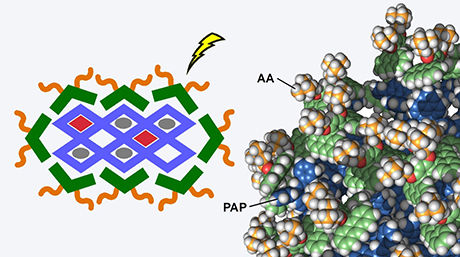
How to Create Aqueous 100 nm-Sized Materials with Polycavities
-
May 15, 2025
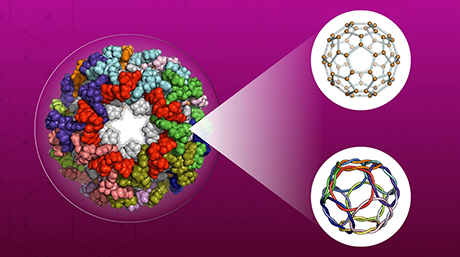
Self-assembly of a large metal-peptide capsid nanostructure through geometric control
-
March 27, 2025
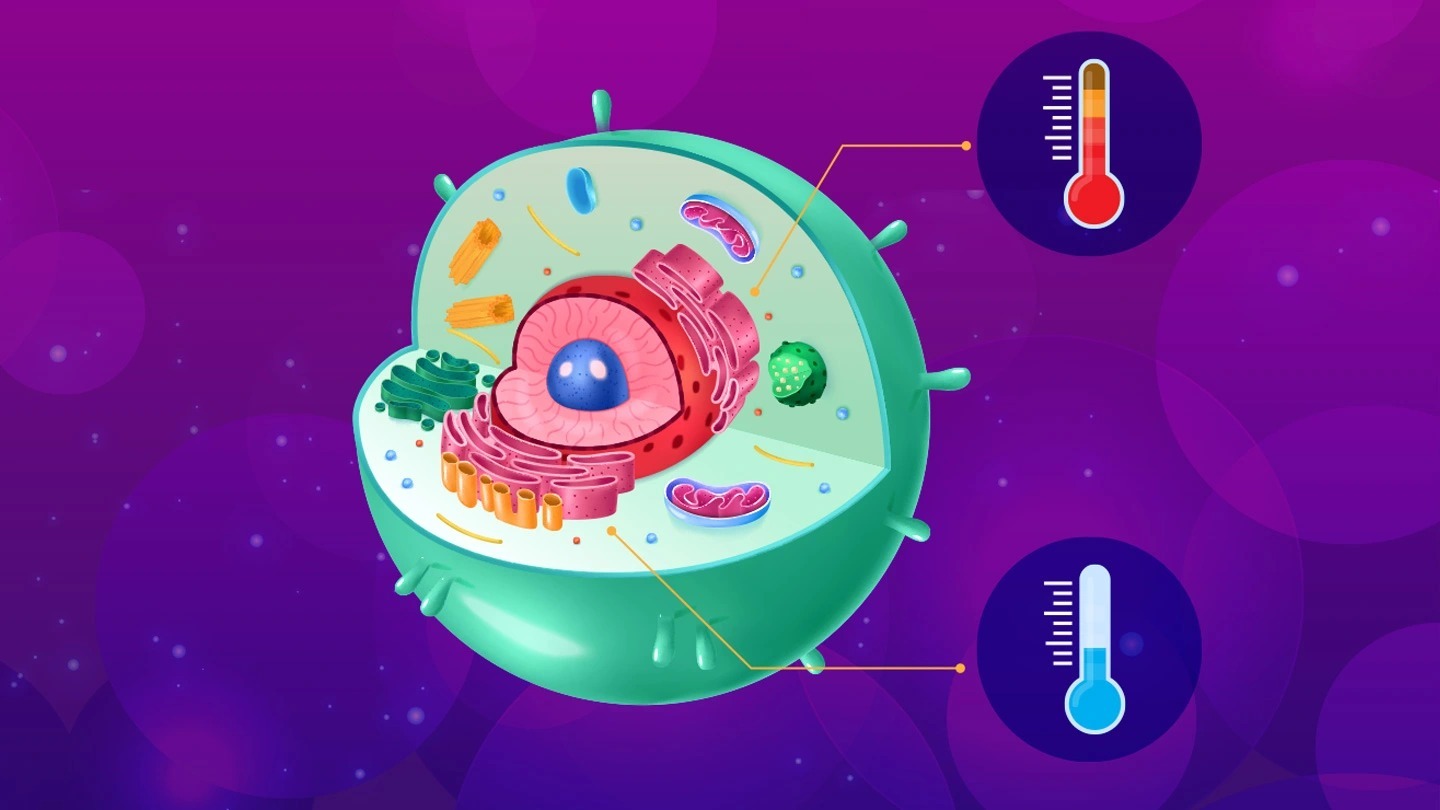
Color-Changing Fluorescent Dyes Unlock New Frontiers in Cellular Thermosensing
-
January 30, 2025
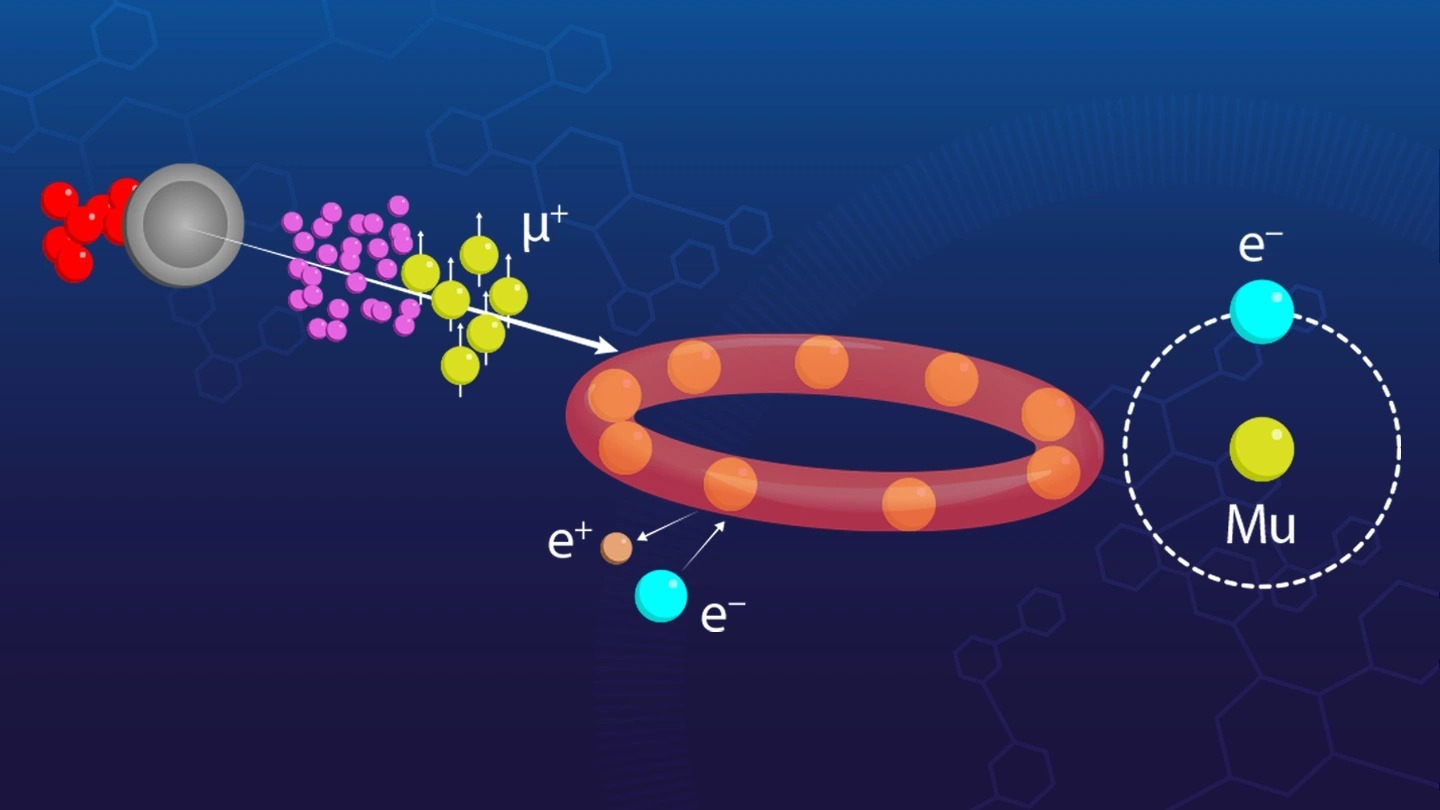
New Insights on Radical Trapping in 12-Phosphatetraphene Uncovered!
-
October 10, 2024
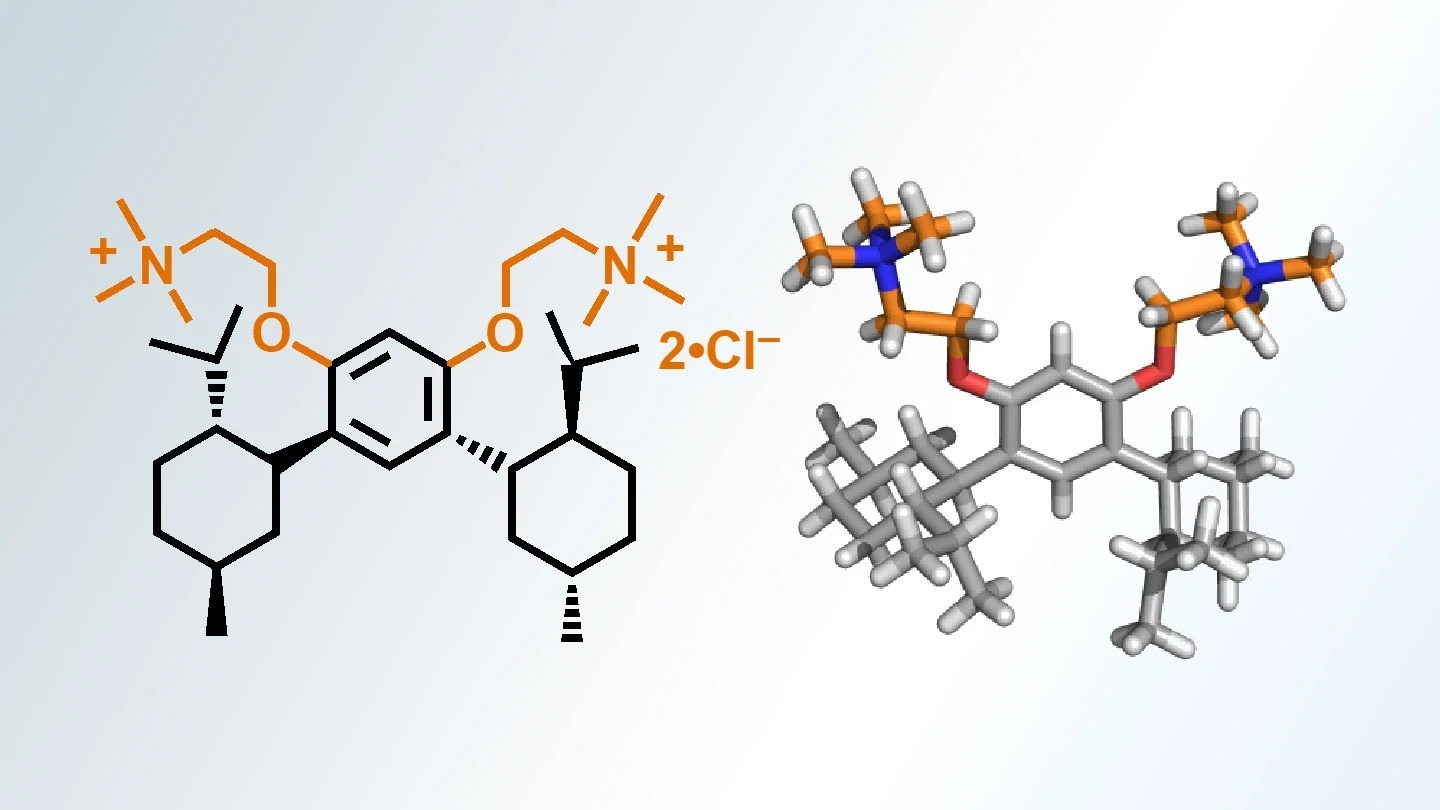
A Breakthrough in Chiral Capsule Tools for Advanced Optical Technologies
-
October 8, 2024
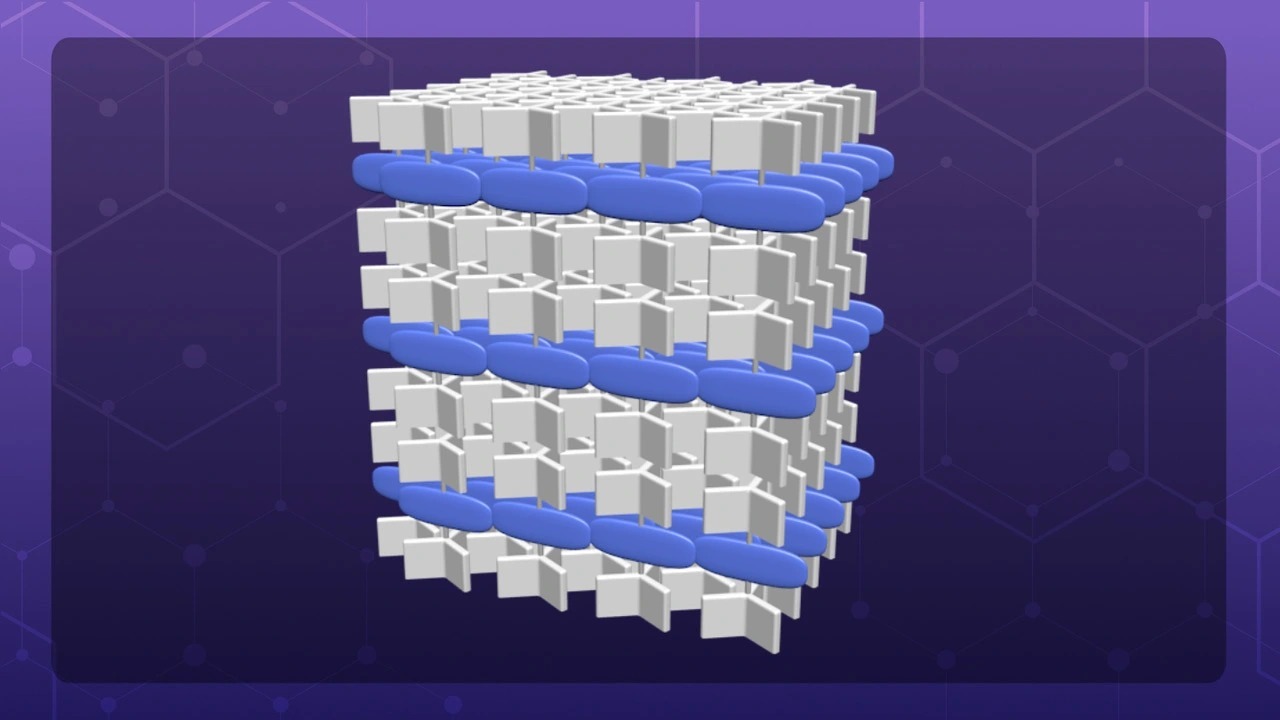
Building Better Solar Cells: Assembly of 2D Molecular Structures with Triptycene Scaffold
-
September 18, 2024
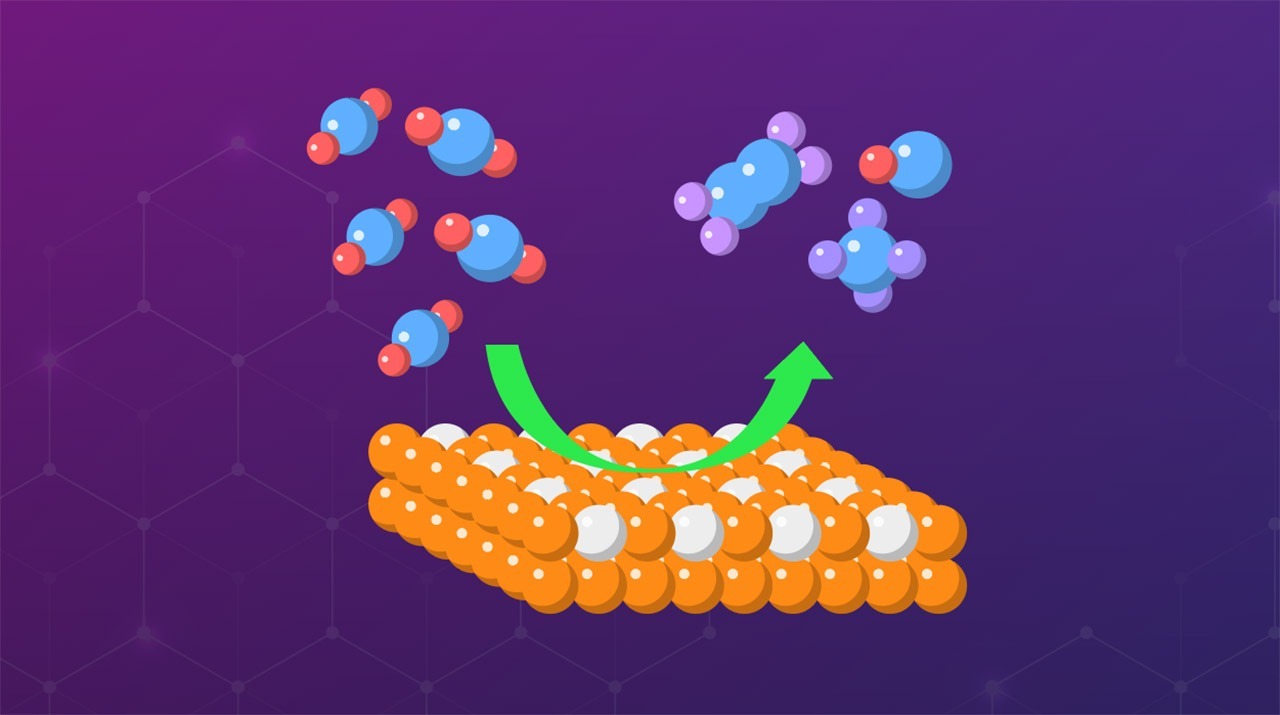
Exploring Ternary Metal Sulfides as Electrocatalyst for Carbon Dioxide Reduction Reactions
-
August 30, 2024
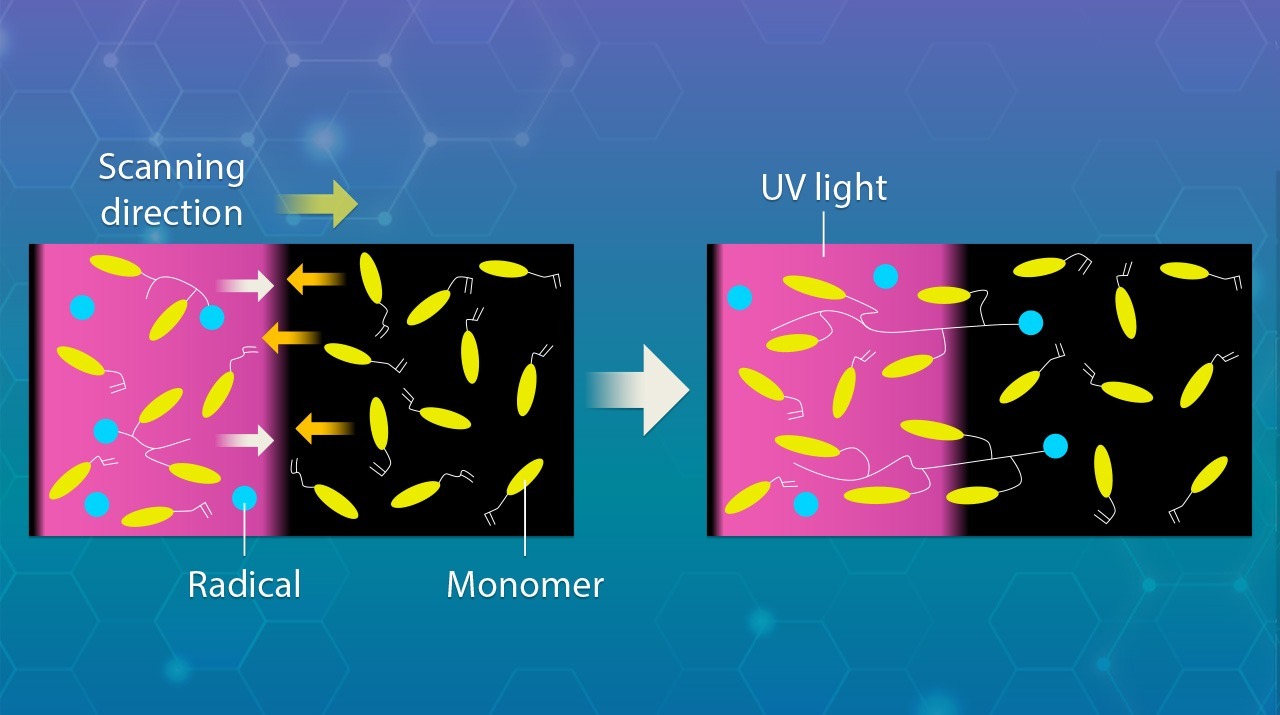
Researchers Shed Light on How to Make Photopolymerization Much More Efficient
-
August 30, 2024
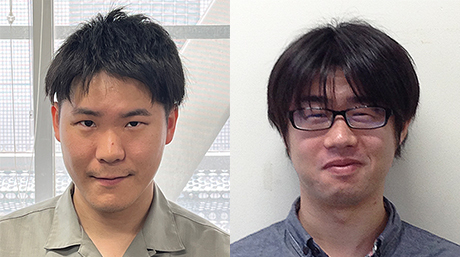
Assist. Prof. ORITA Yasuhiko and TAKEHARA Ryosuke received the 23rd Tokyo Tech Challenging Research Awards.
-
August 22, 2024

A Deep Dive into Polyimides for High-Frequency Wireless Telecommunications
-
August 5, 2024
![Building Blocks for the Future: Enantioselective [2+2+1] Cycloaddition Reactions with Rhodium Catalysis](/cap/eng/news/img/news_066476_ogp.jpg)
Building Blocks for the Future: Enantioselective [2+2+1] Cycloaddition Reactions with Rhodium Catalysis
-
July 4, 2024
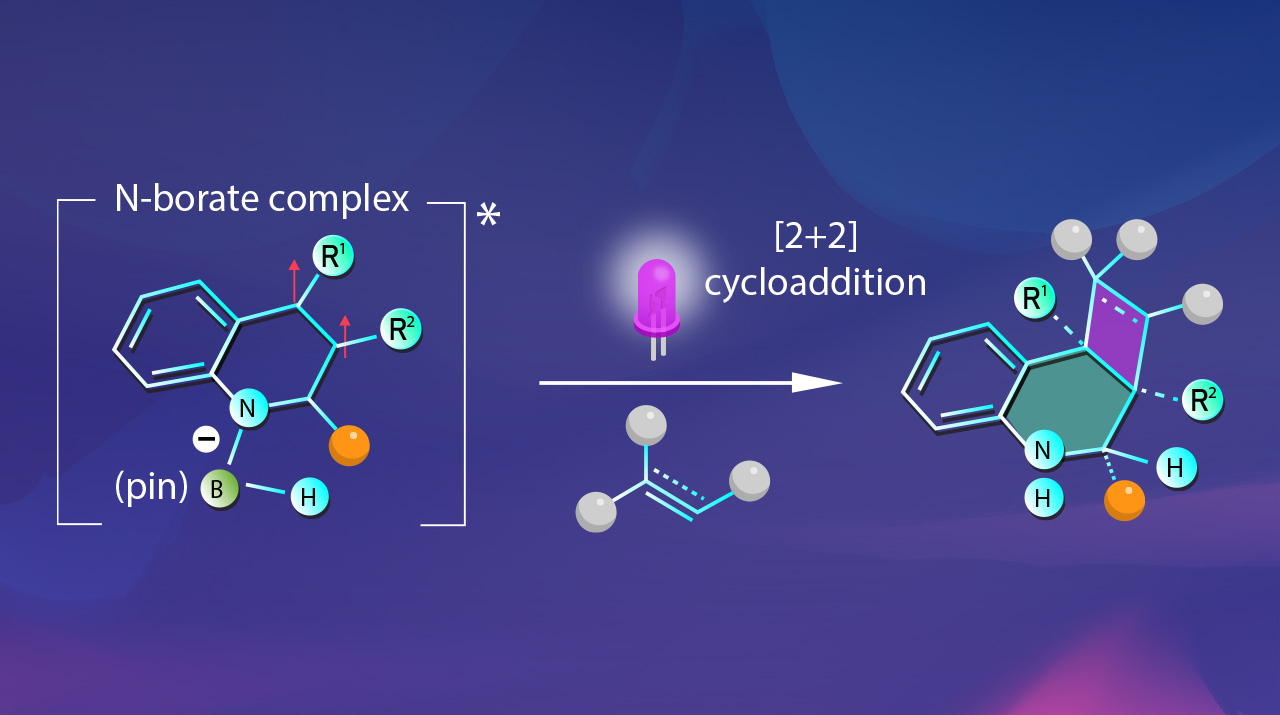
Transforming Inexpensive Quinolines into Complex Drug Candidates
-
July 3, 2024
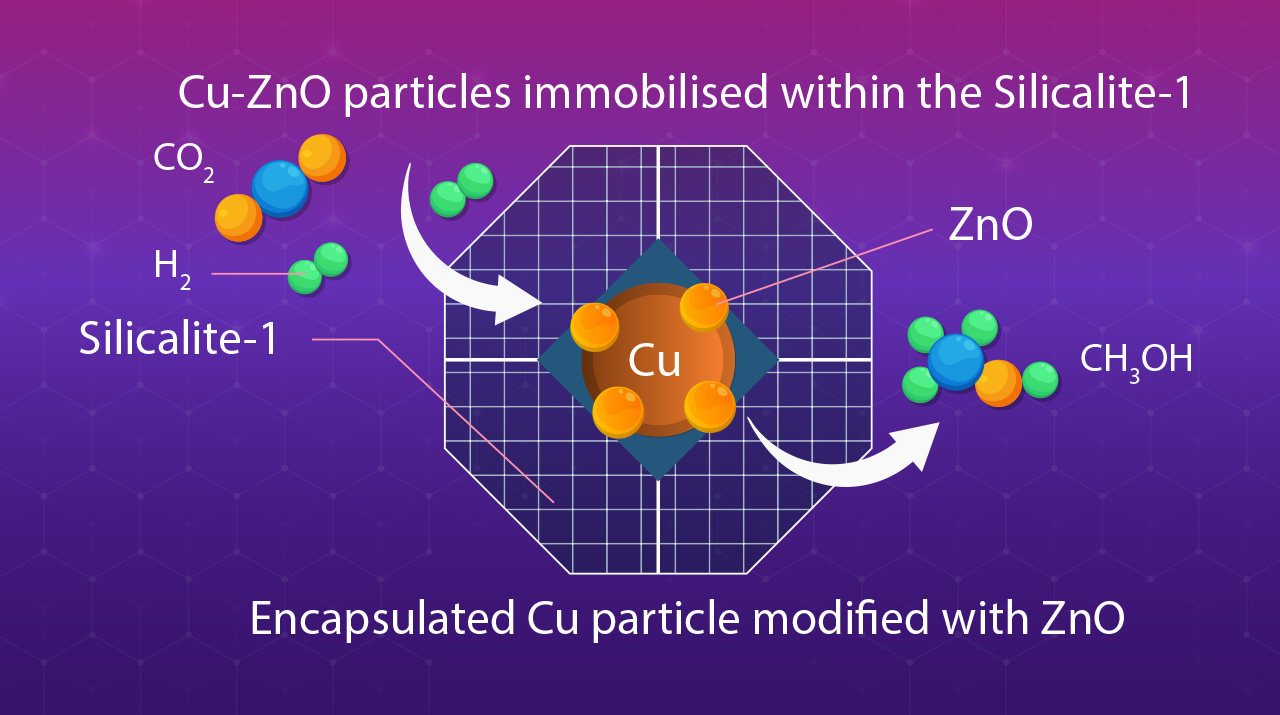
Novel Catalysts for Improved Methanol Production Using Carbon Dioxide Dehydrogenation
-
June 20, 2024
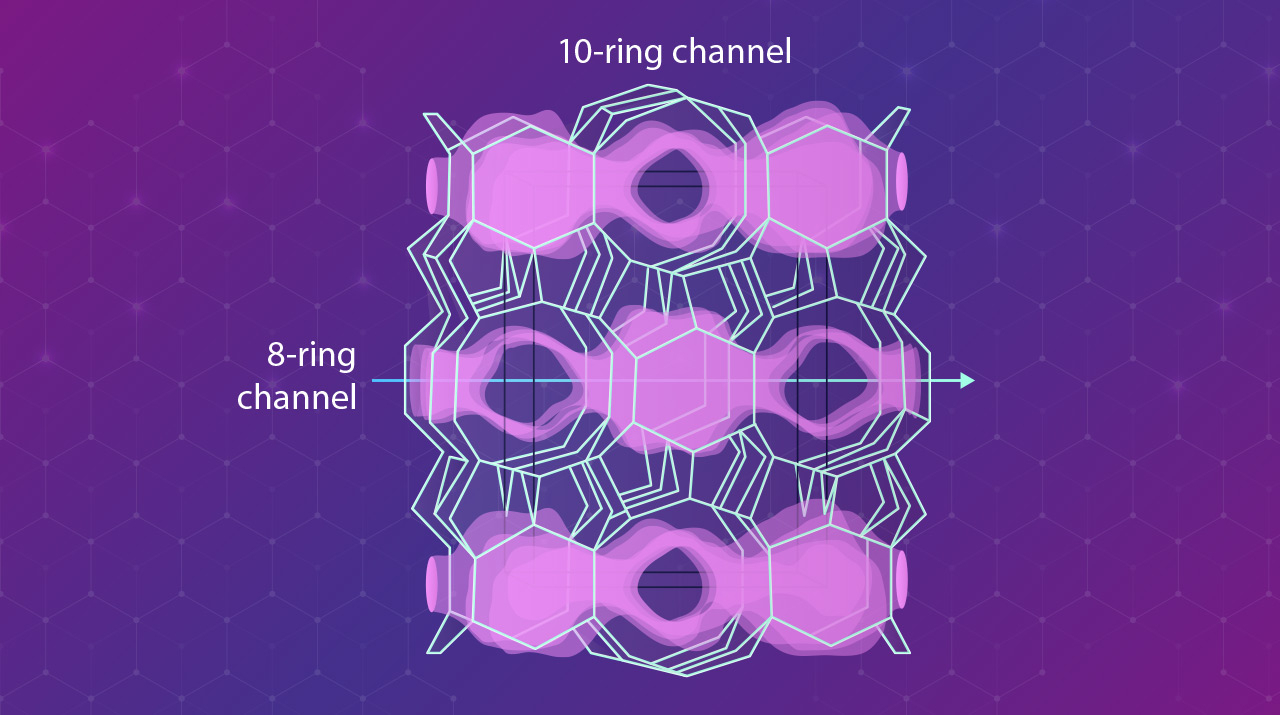
Transition-Metal-Free Zeolite Catalyst for Direct Conversion of Methane to Methanol
-
May 31, 2024
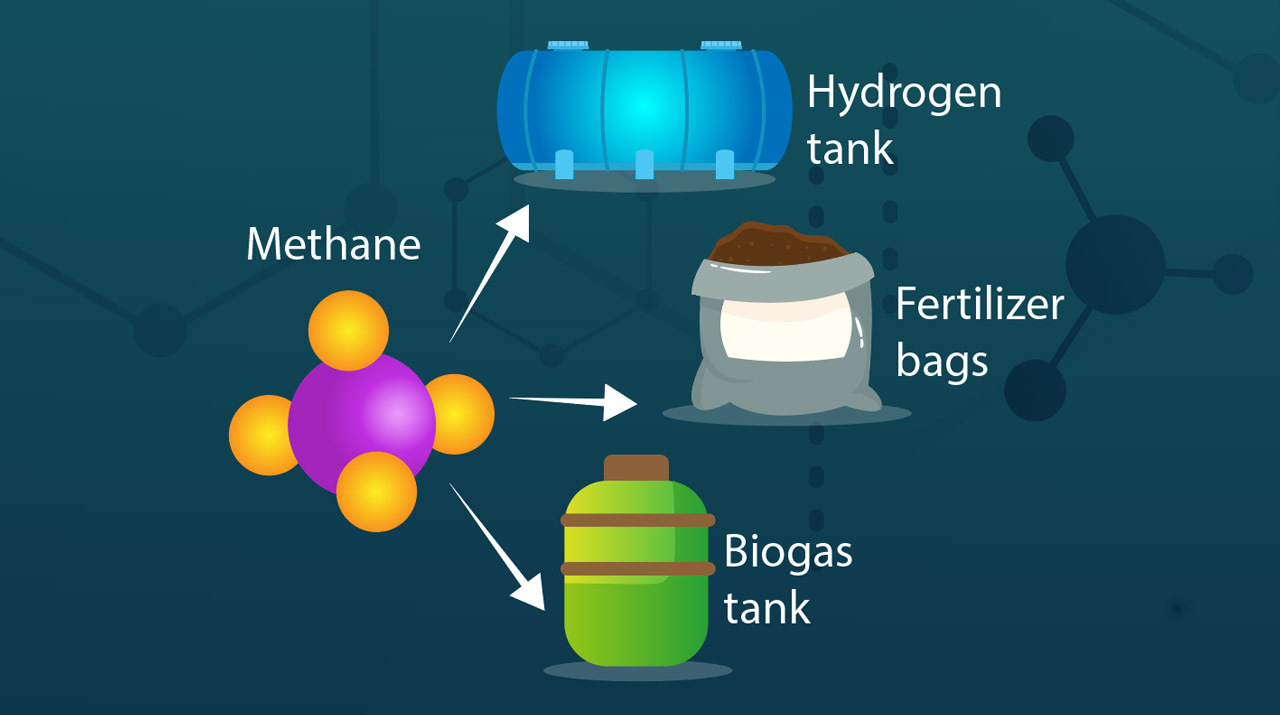
A Novel Multifunctional Catalyst Turns Methane into Valuable Hydrocarbons
-
May 28, 2024
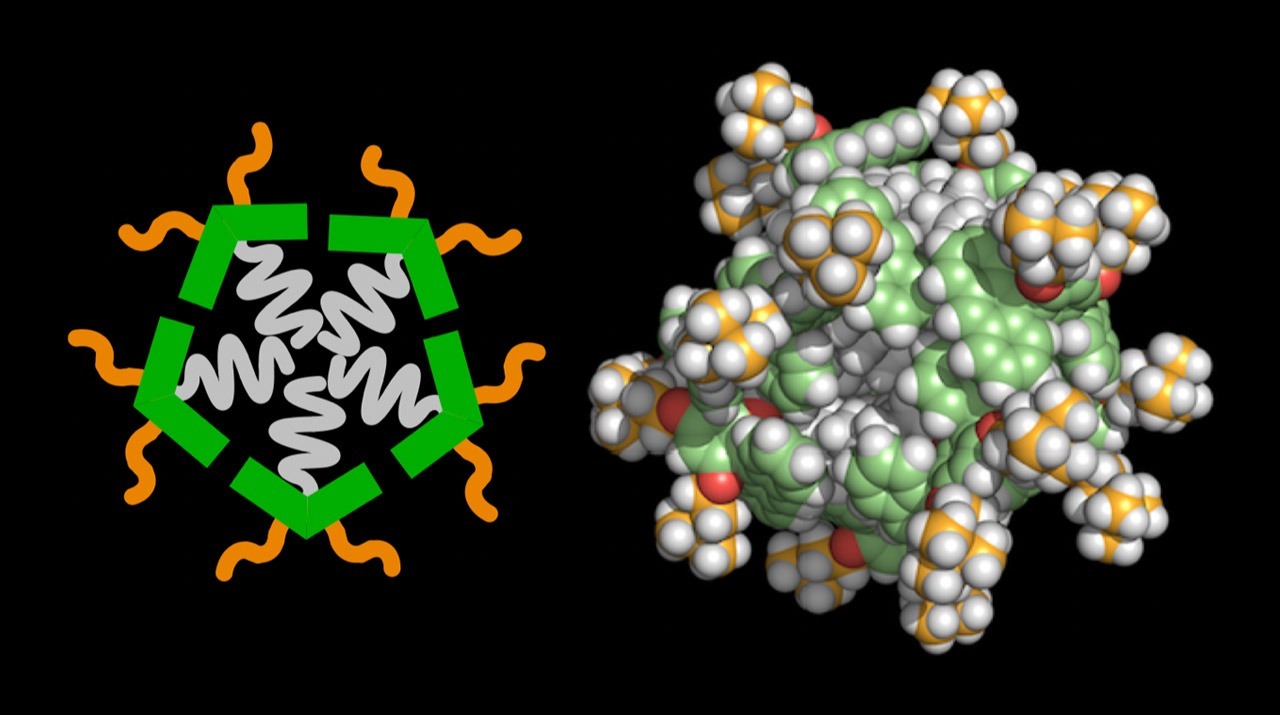
Alkyl-Aromatic Hybrid Micelles Formed from Emergent Umbrella-Shaped Molecules
-
May 8, 2024
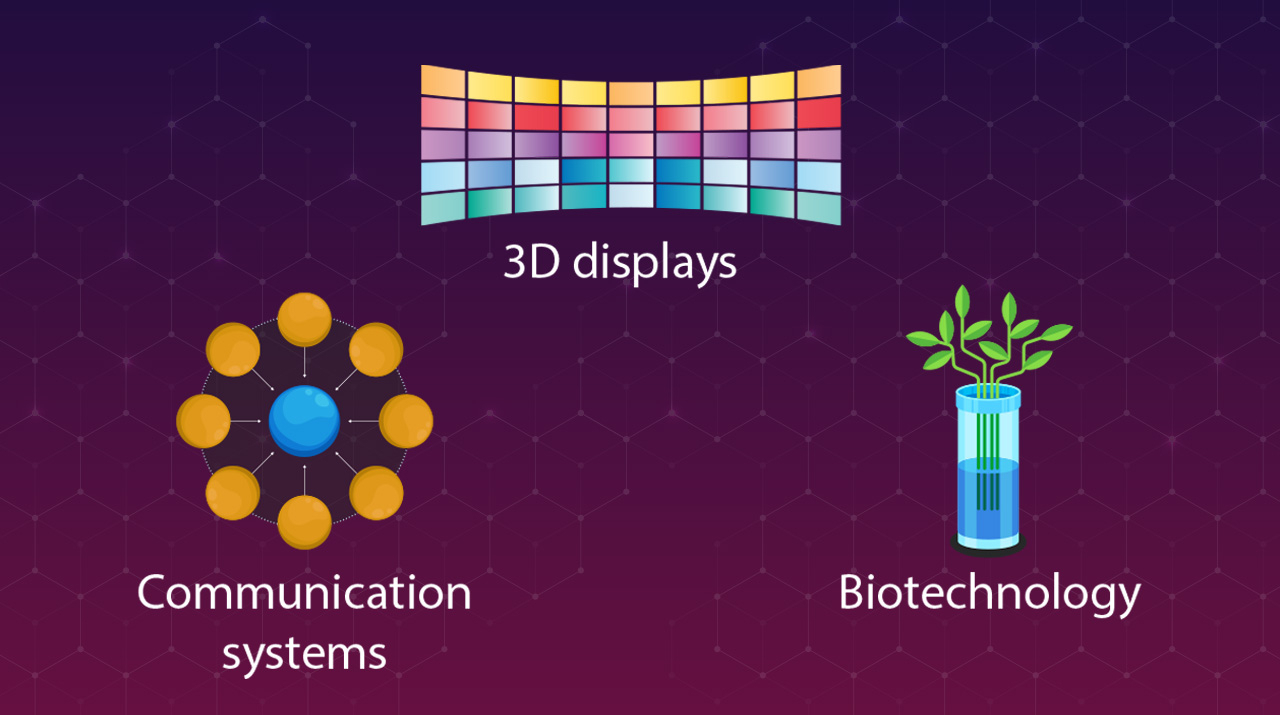
Synthesizing π-Extended Carbohelicene-Based Circularly Polarized Luminescence Emitters
-
April 25, 2024
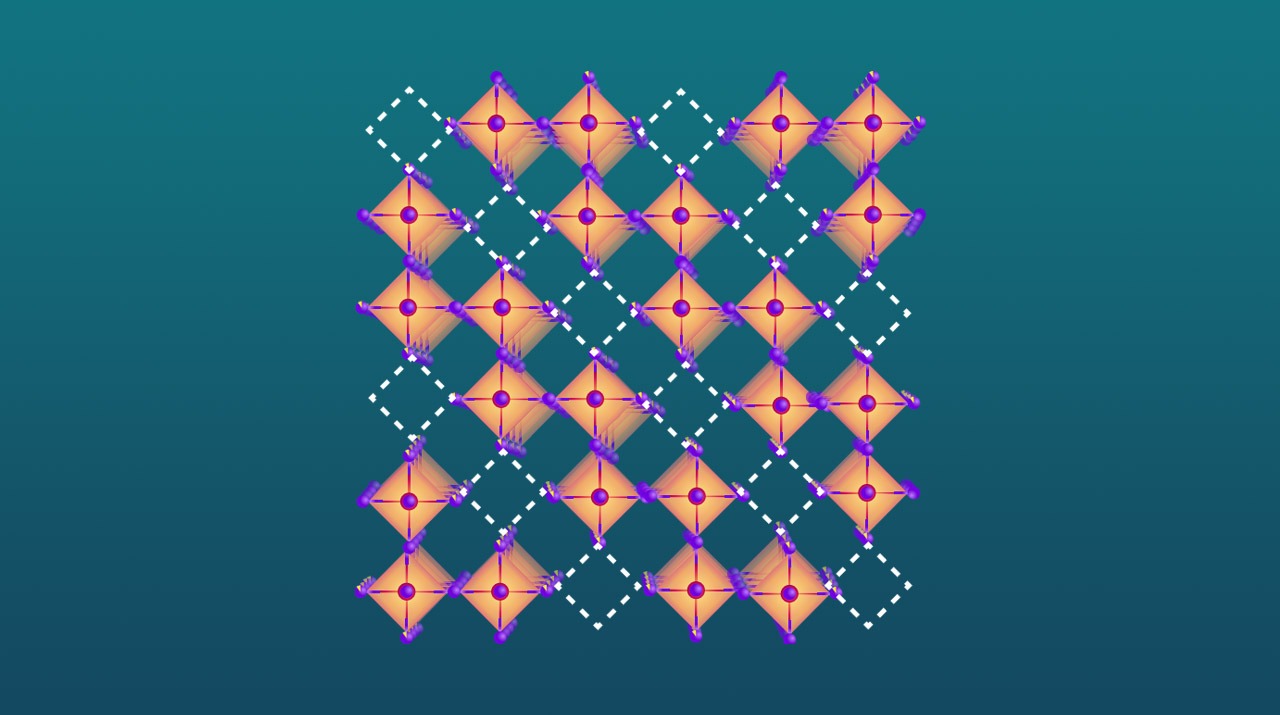
From Defects to Order: Spontaneously Emerging Crystal Arrangements in Perovskite Halides
-
March 18, 2024
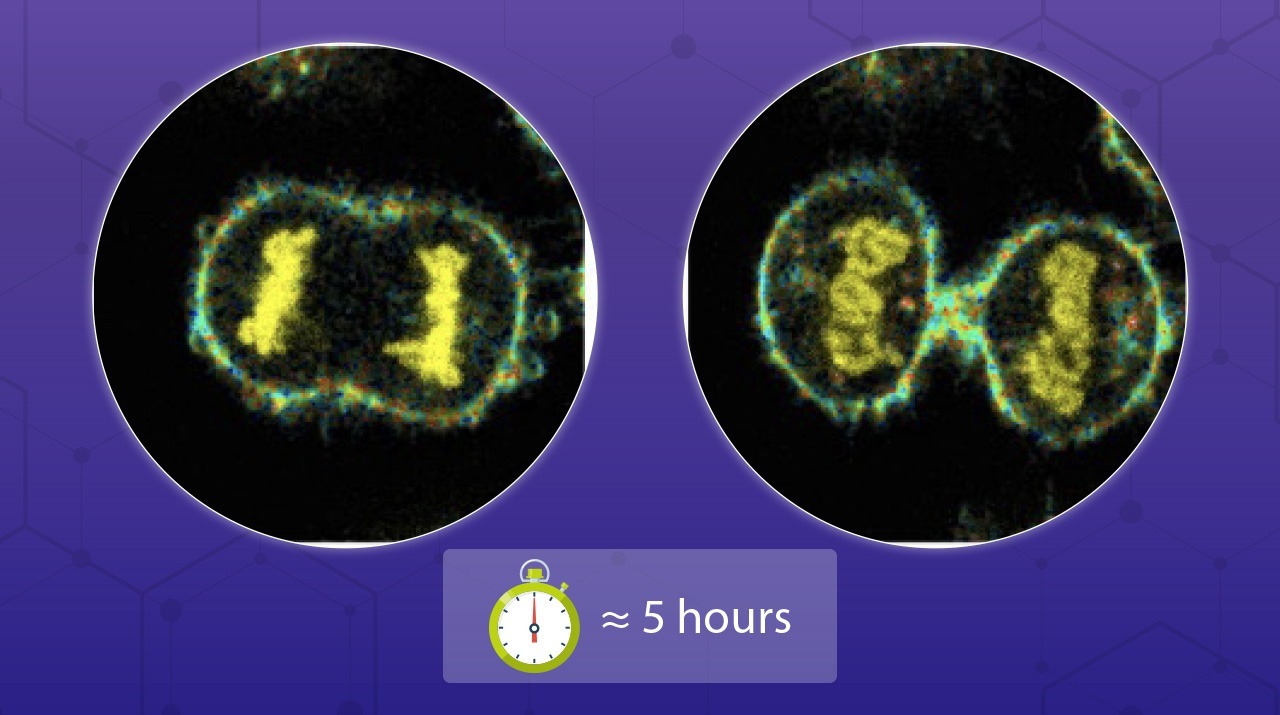
Progress in Fluorescent Dyes to Better Visualize Lipid Membrane Order in Live Cells
-
March 12, 2024
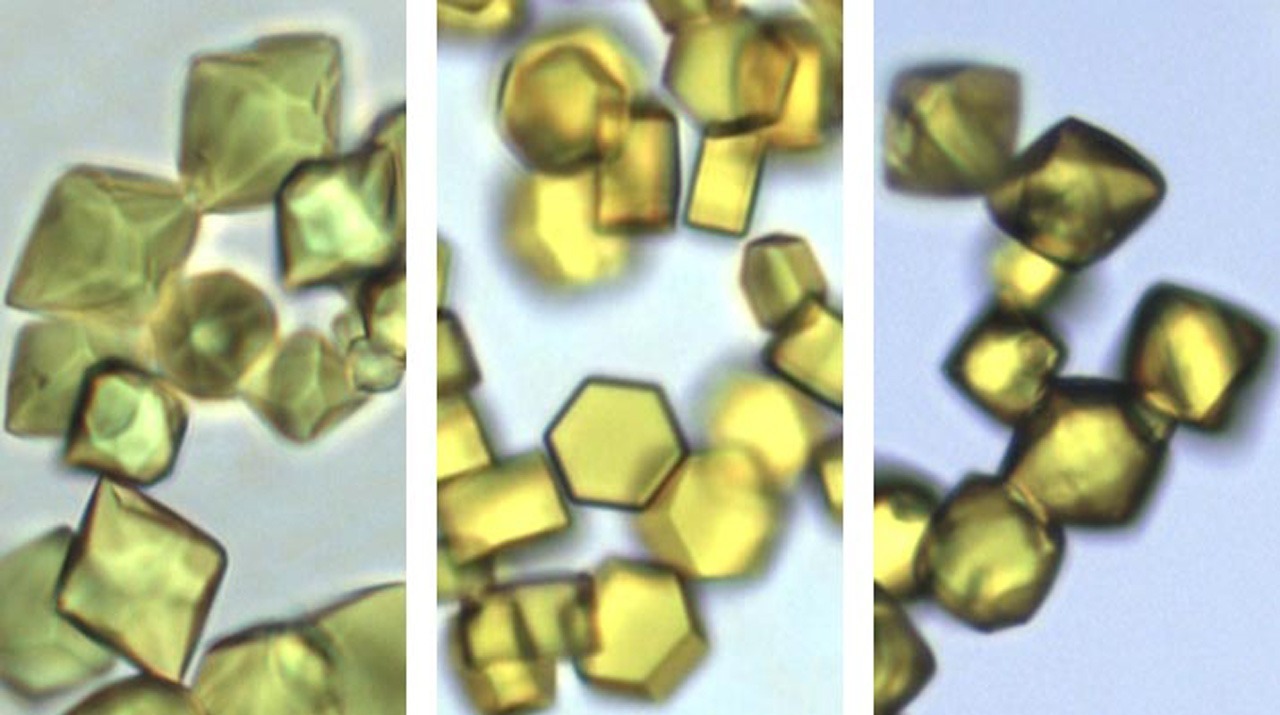
Isomerism Can Control and Increase the Diversity of Structure of Covalent Organic Frameworks, Emerging Nanoporous Solids
-
December 19, 2023

The laboratory search website (MCT LabSearch) is launched.
-
November 6, 2023
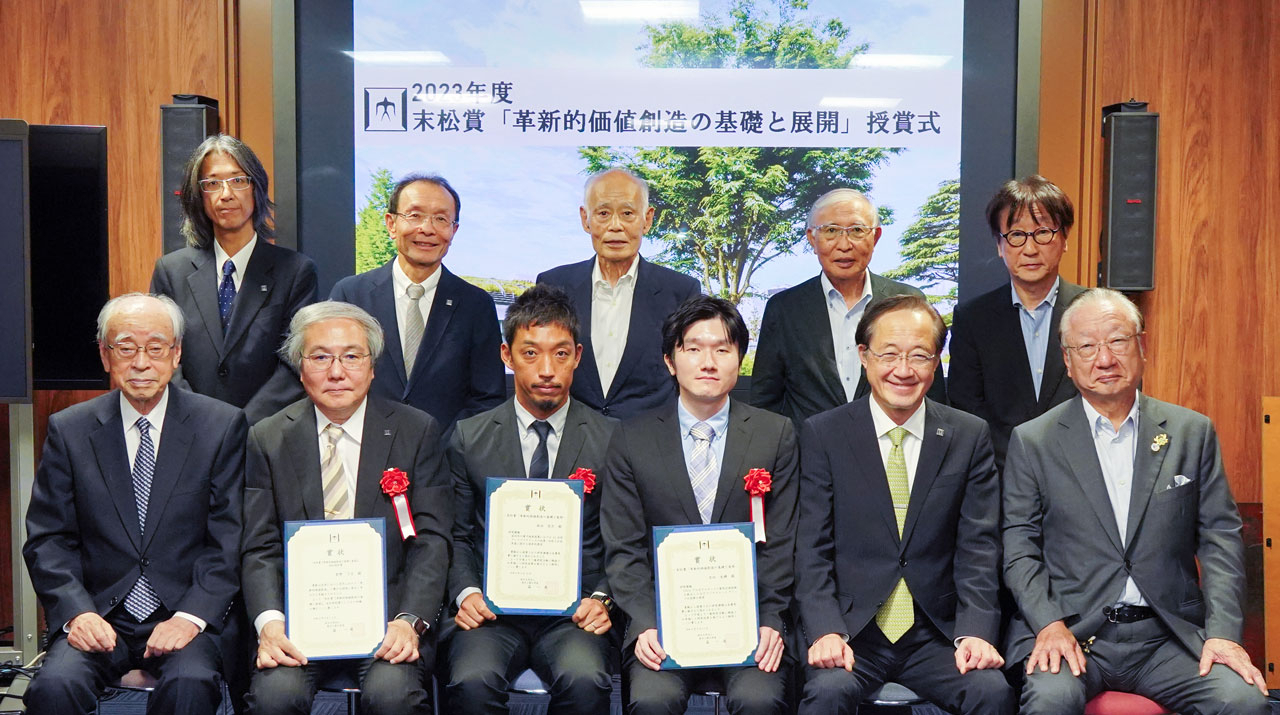
2023 Suematsu Award
-
October 6, 2023
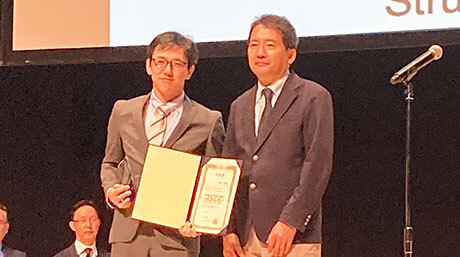
Assoc. Prof. Takane Imaoka awarded the JSCC Award for Creative Research 2023
-
October 2, 2023
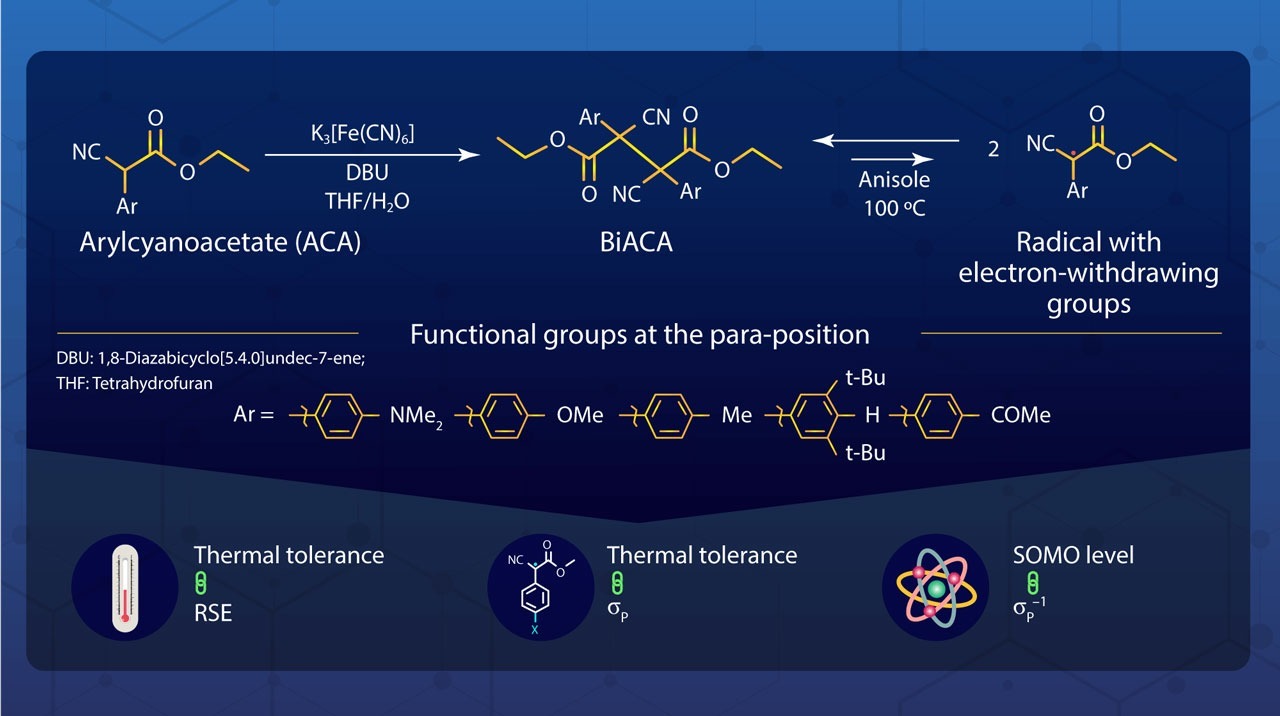
A New Design Strategy for Mechanoresponsive Materials with High Thermal Tolerance
-
September 4, 2023
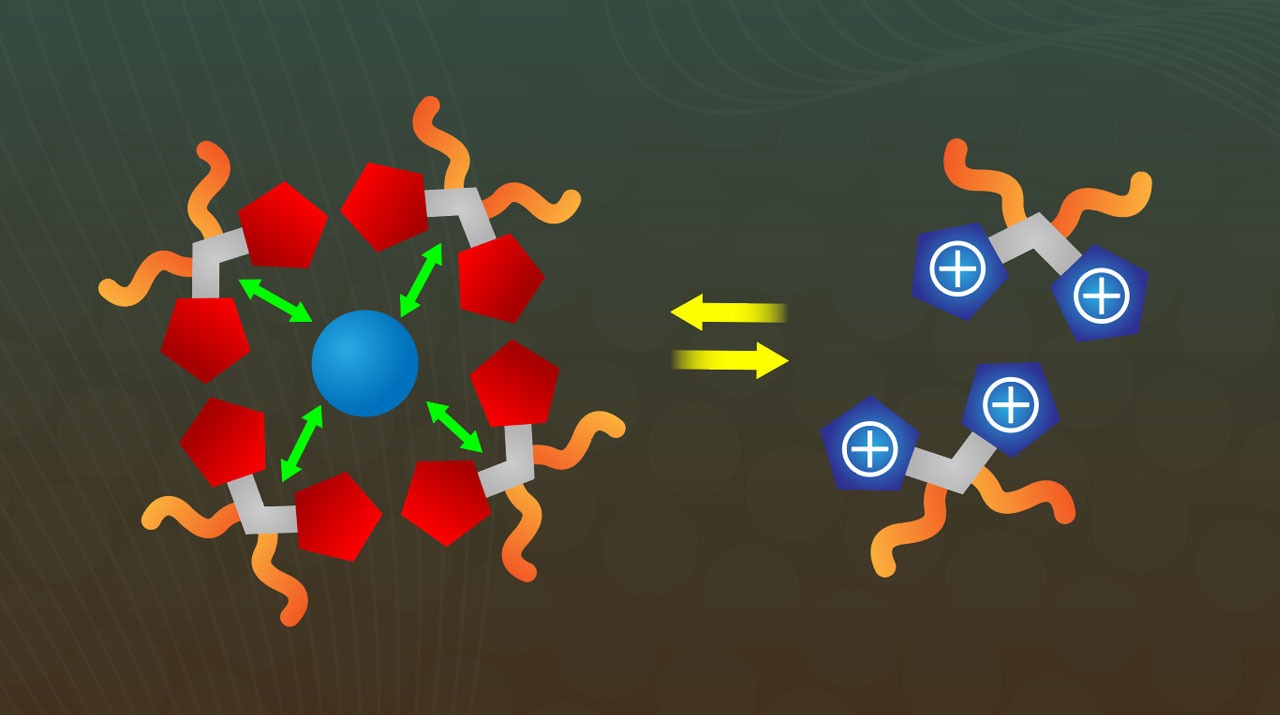
A First for Ferrocene: Organometallic Capsule with Unusual Charge-Transfer Interactions
-
August 18, 2023
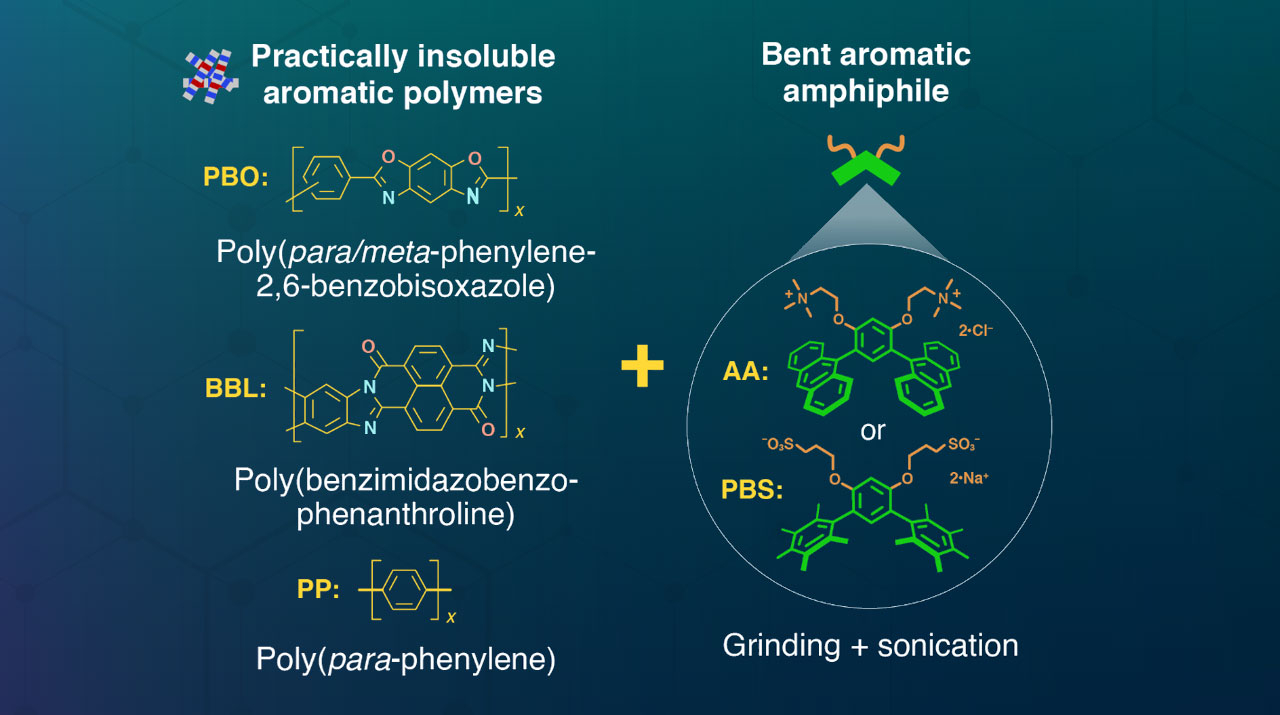
A Nanocapsulation Strategy for Facile Analysis and Processing of Insoluble Aromatic Polymers in Water
-
August 7, 2023
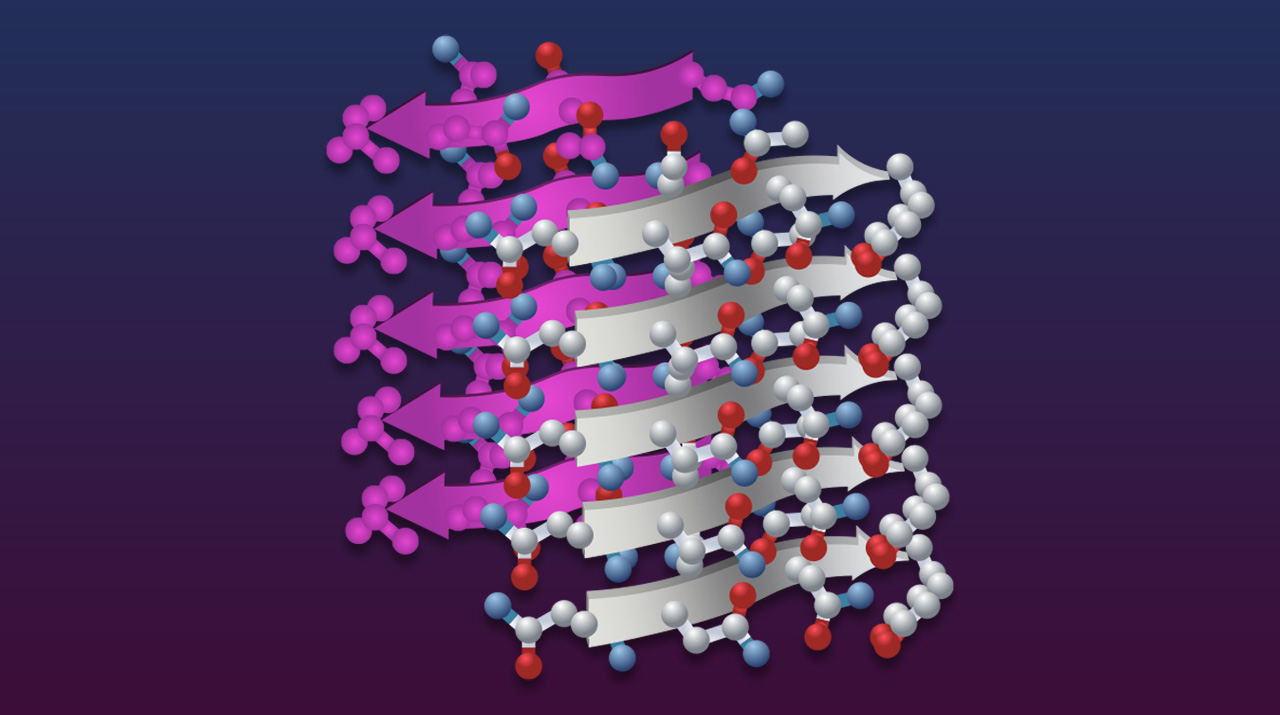
Steric Zipper Interactions in Artificial Crystalline Peptide β-Sheets
-
August 4, 2023

Assistant Professor NAGASHIMA Yuki received the 22nd Tokyo Tech Challenging Research Awards and also selected the Suematsu Challenging Research Award
-
July 25, 2023
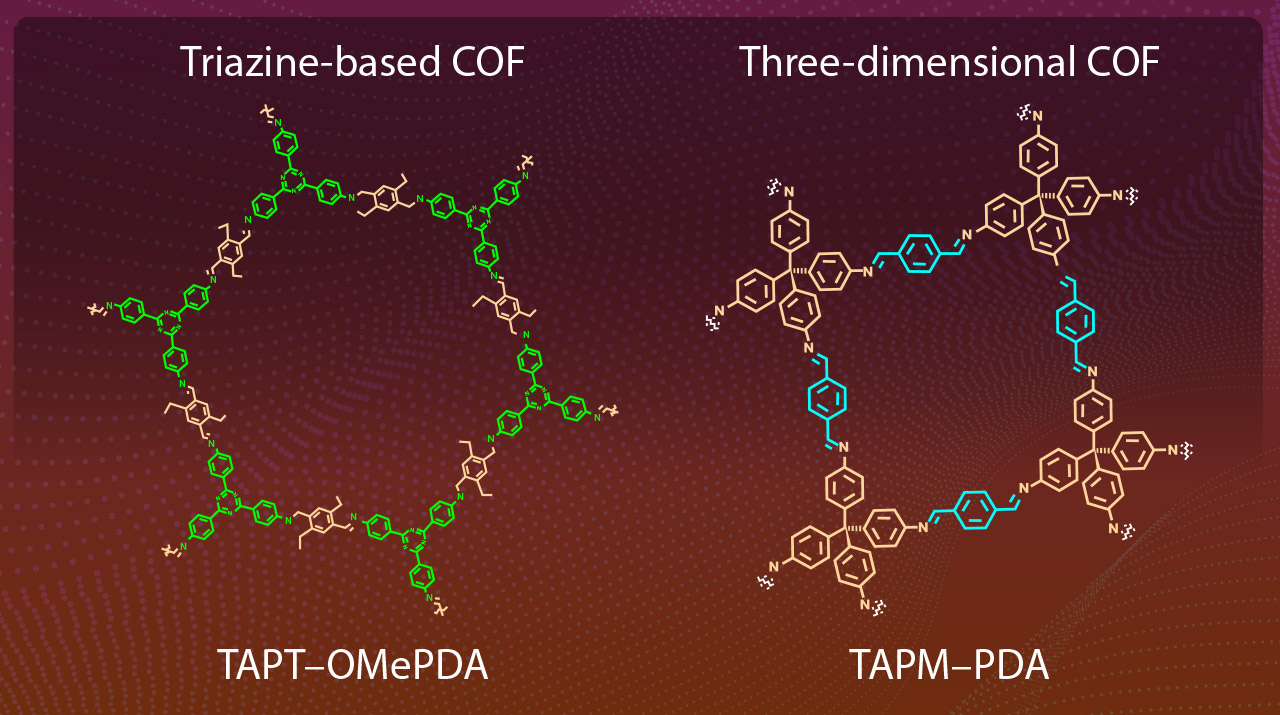
Simultaneous Synthesis and Fixing of Covalent Organic Frameworks
-
July 20, 2023
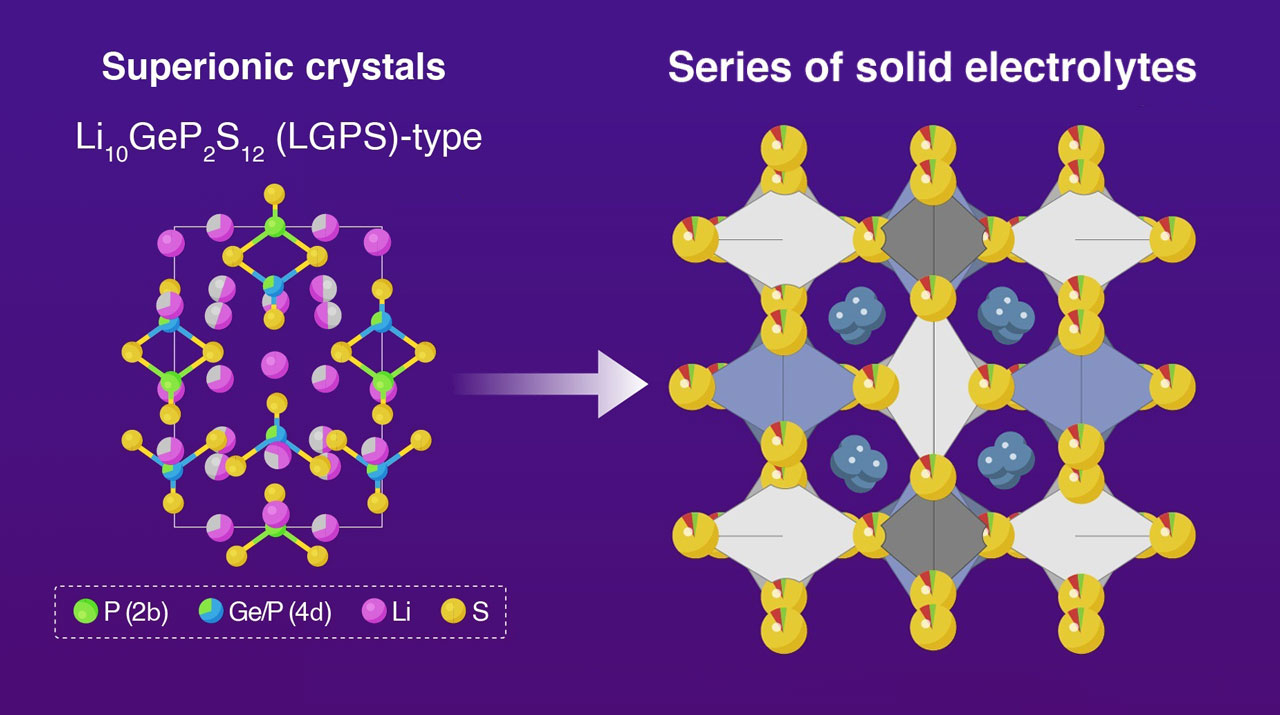
New Design Rule for High-Entropy Superionic Solid-State Conductors
-
July 4, 2023
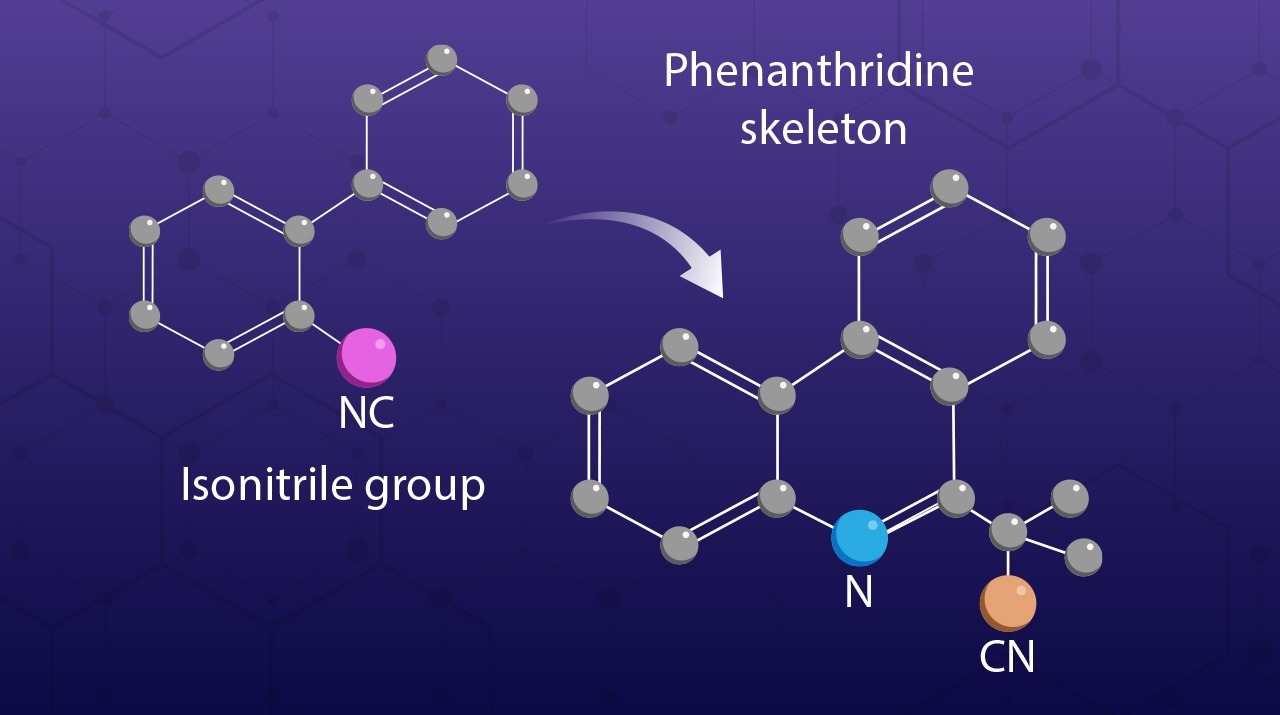
Towards Synthesis of Phenanthridine-Based Pharmaceutical Compounds
-
April 26, 2023
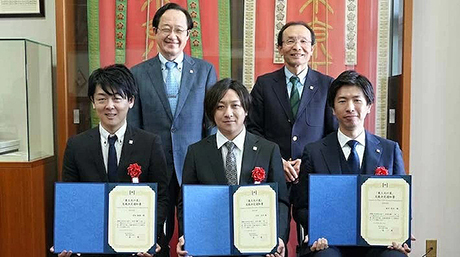
FY2022 STAR grant recipients selected
-
April 7, 2023
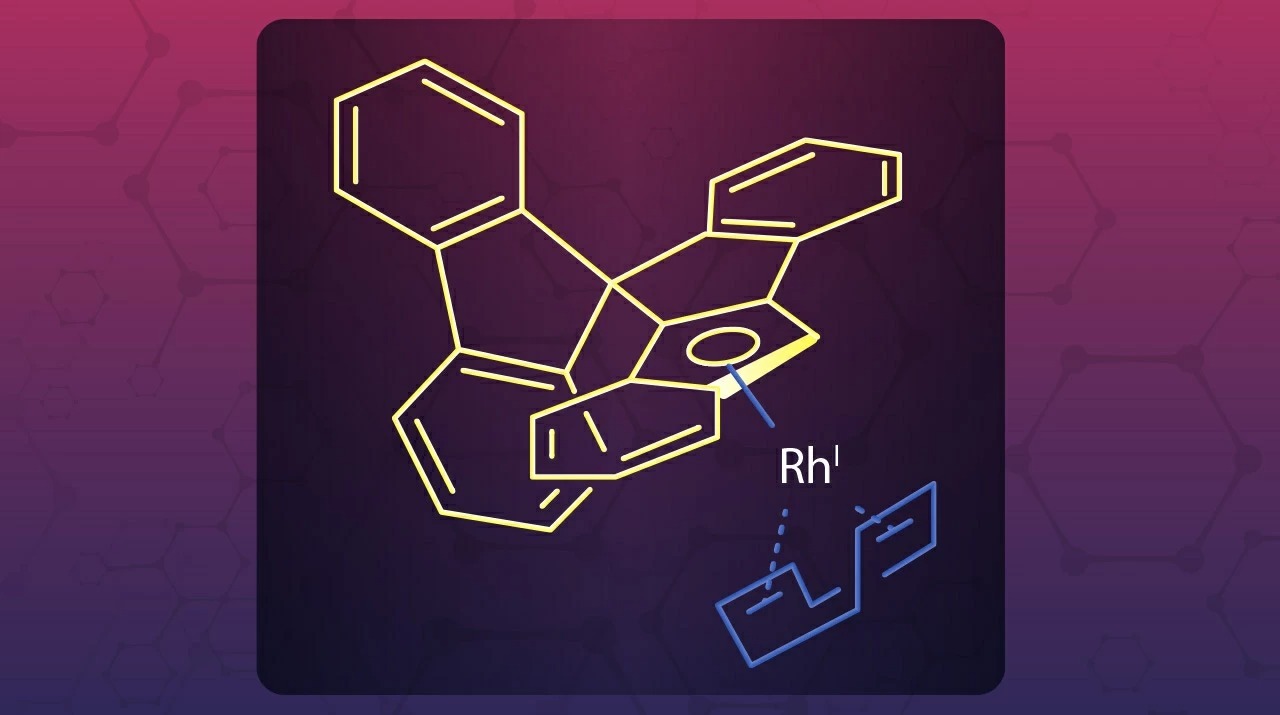
An Improved, Visible Light-Harvesting Catalyst to Speed Up Reactions
-
February 21, 2023
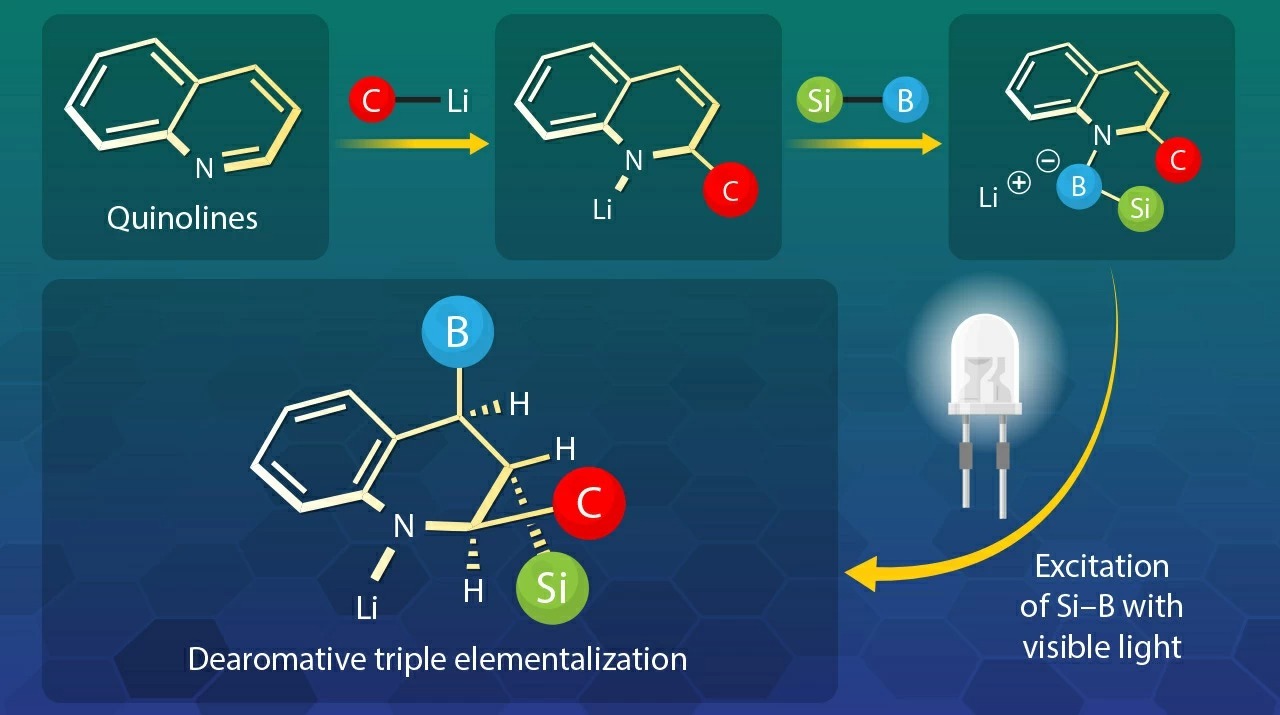
New Horizons for Organoboron and Organosilicon Chemistry with Triple Elementalization
-
January 24, 2023

Studying Polymer Gels Through the Lens of Mechanochemistry and Solvent Swelling
-
January 13, 2023
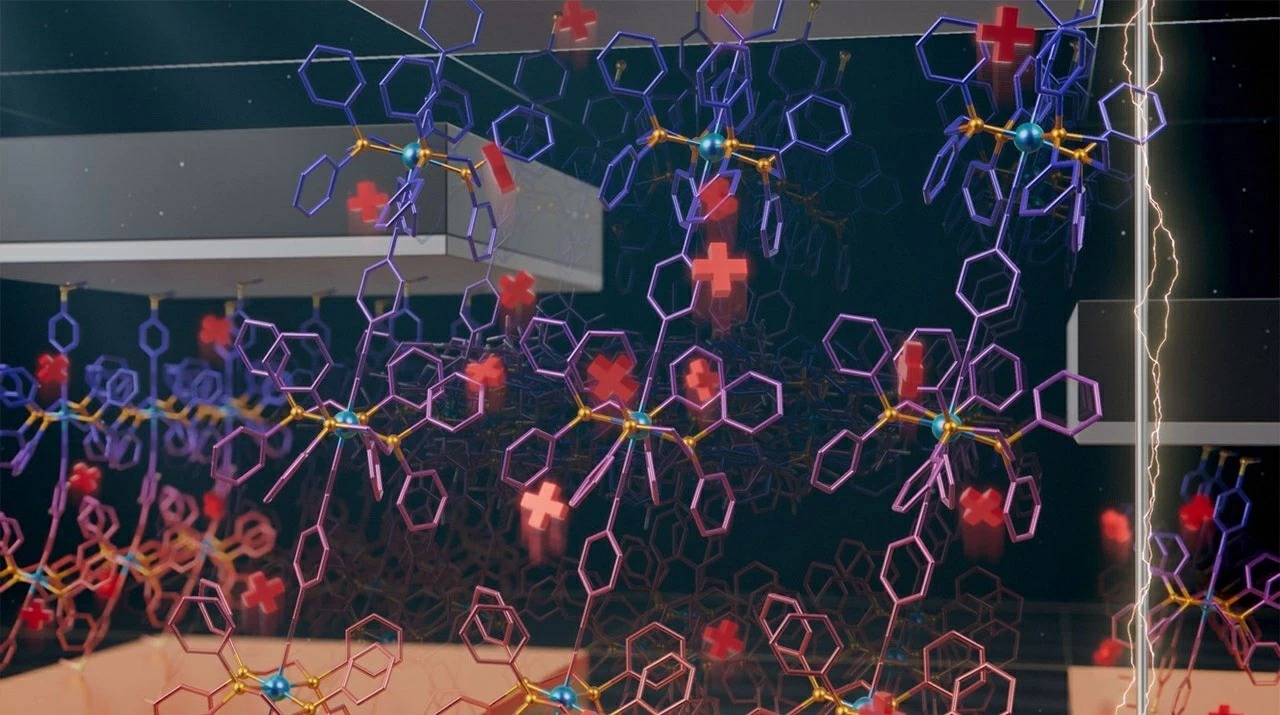
Enabling Nanoscale Thermoelectrics with a Novel Organometallic Molecular Junction
-
October 17, 2022

NPG Asia Materials Symposium 2022
-
October 3, 2022

Research Students (Privately Funded)
-
August 22, 2022
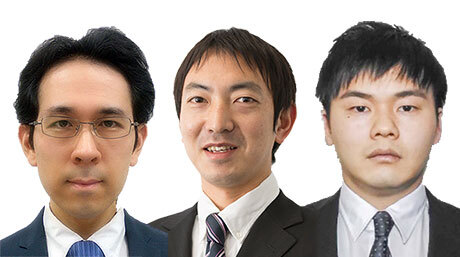
Associate Professor ISHIGE Ryohei, Assistant Professor KAMBE Tetsuya and Assistant Professor MATSUI Naoki received the 2022 Tokyo Tech Challenging Research Award.
-
August 5, 2022
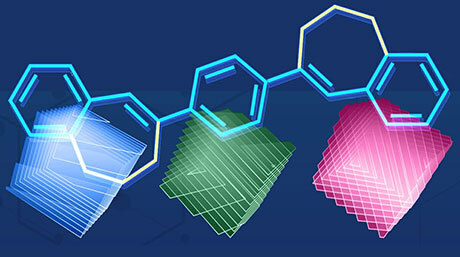
Building Molecular Bridges: New Crystal Engineering Strategy to Design Ultrabright Fluorescent Solid Dyes
-
June 20, 2022
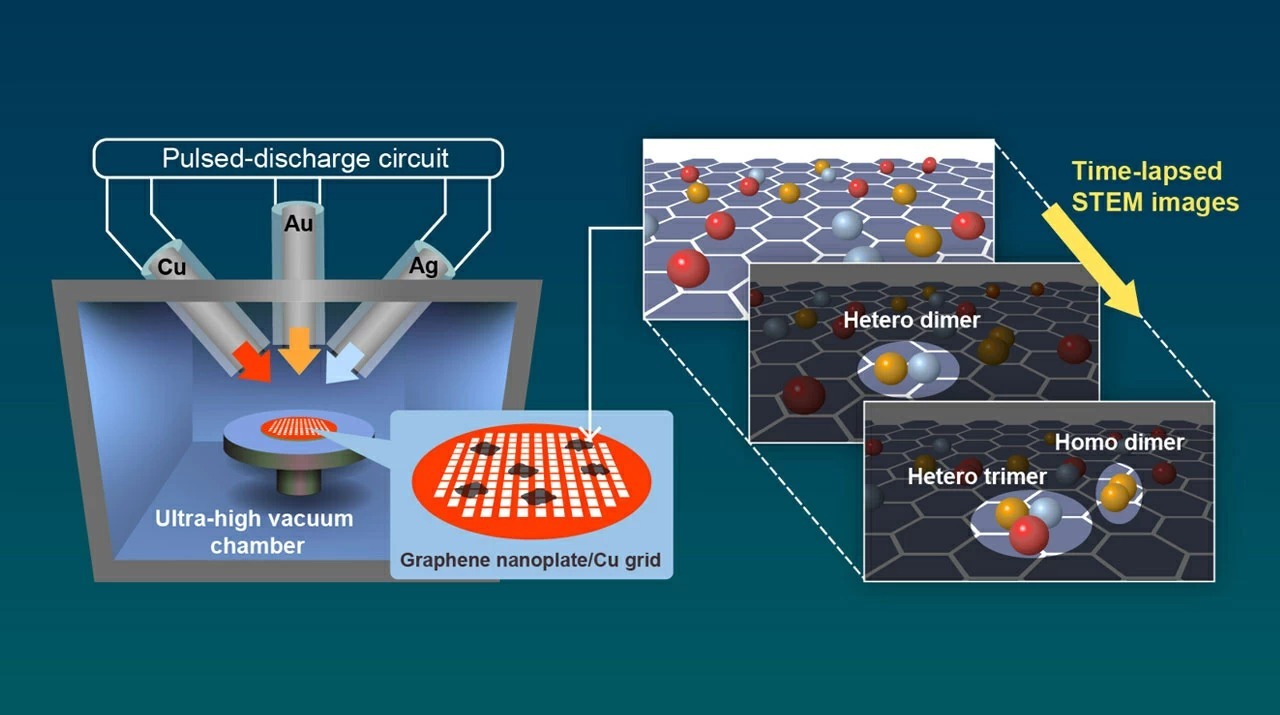
Real-time Imaging of Dynamic Atom-atom Interactions
-
June 6, 2022
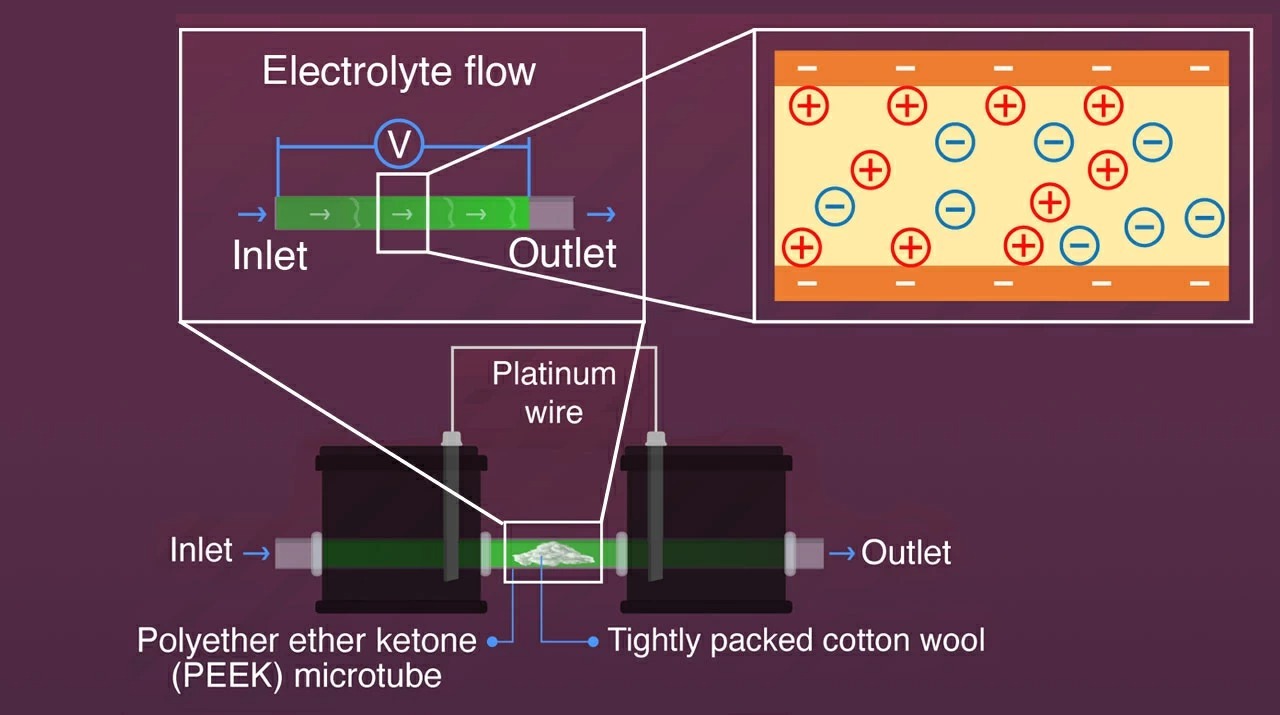
Electrochemical Synthesis Now Possible Without Electric Power Source
-
March 11, 2022
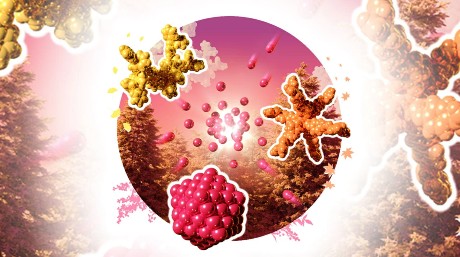
Atom by Atom: Building Precise Smaller Nanoparticles with Templates
-
March 1, 2022
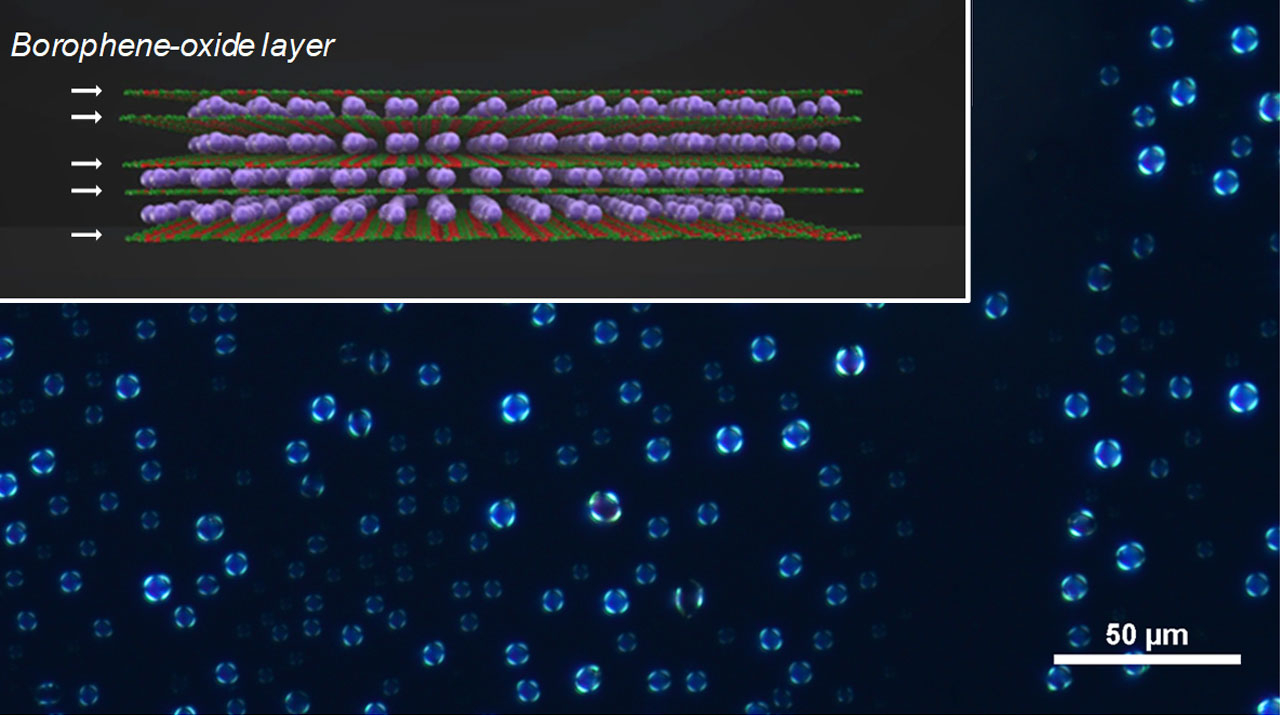
Inorganic Borophene Liquid Crystals: A Superior New Material for Optoelectronic Devices
-
February 8, 2022
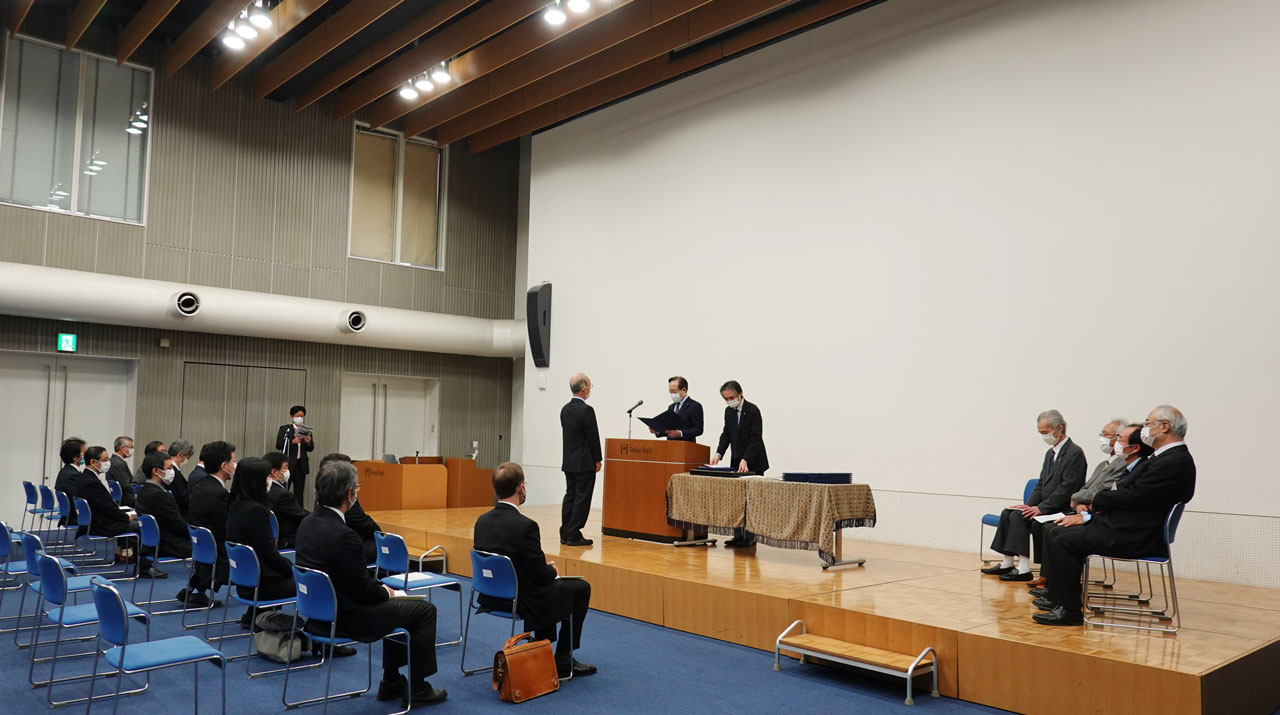
Academic year 2020 Best Teacher Award recipients celebrated - Assoc. Prof. Gen-ichi Konishi recieved Best Teacher Award – Highest award for excellence -
-
January 17, 2022
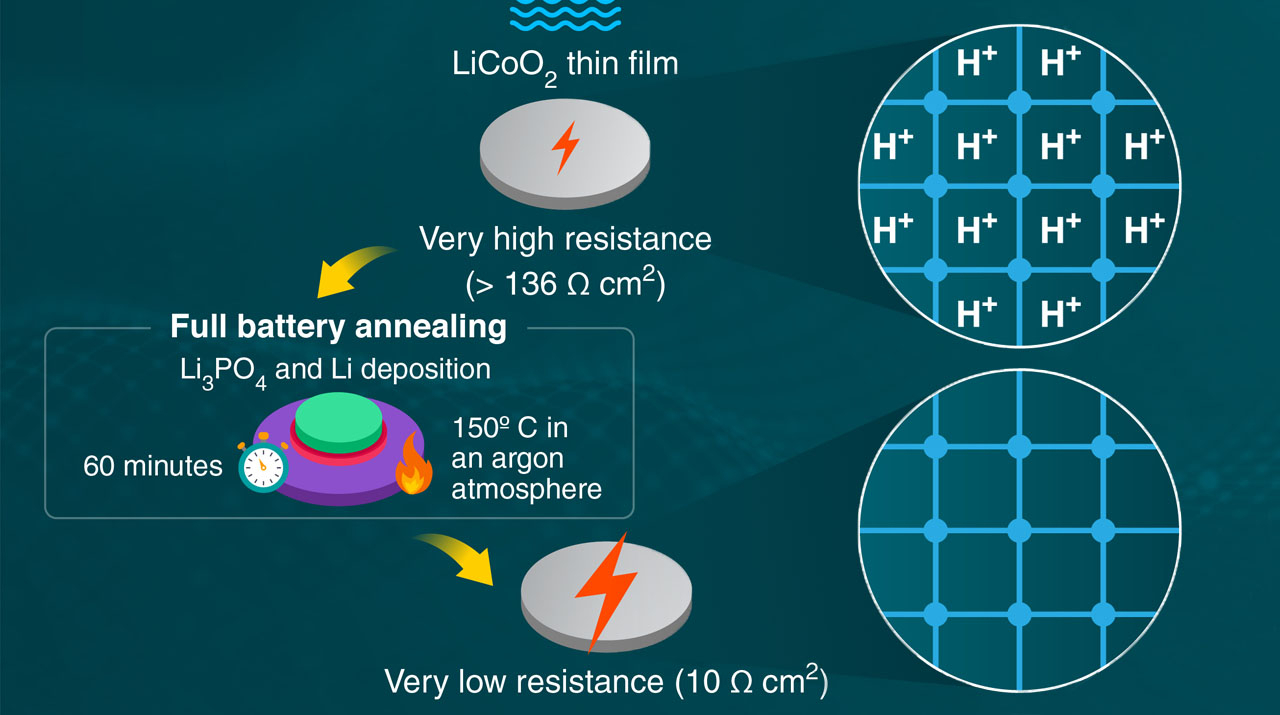
Scientists Reduce All-solid-state Battery Resistance by Heating It
-
December 3, 2021
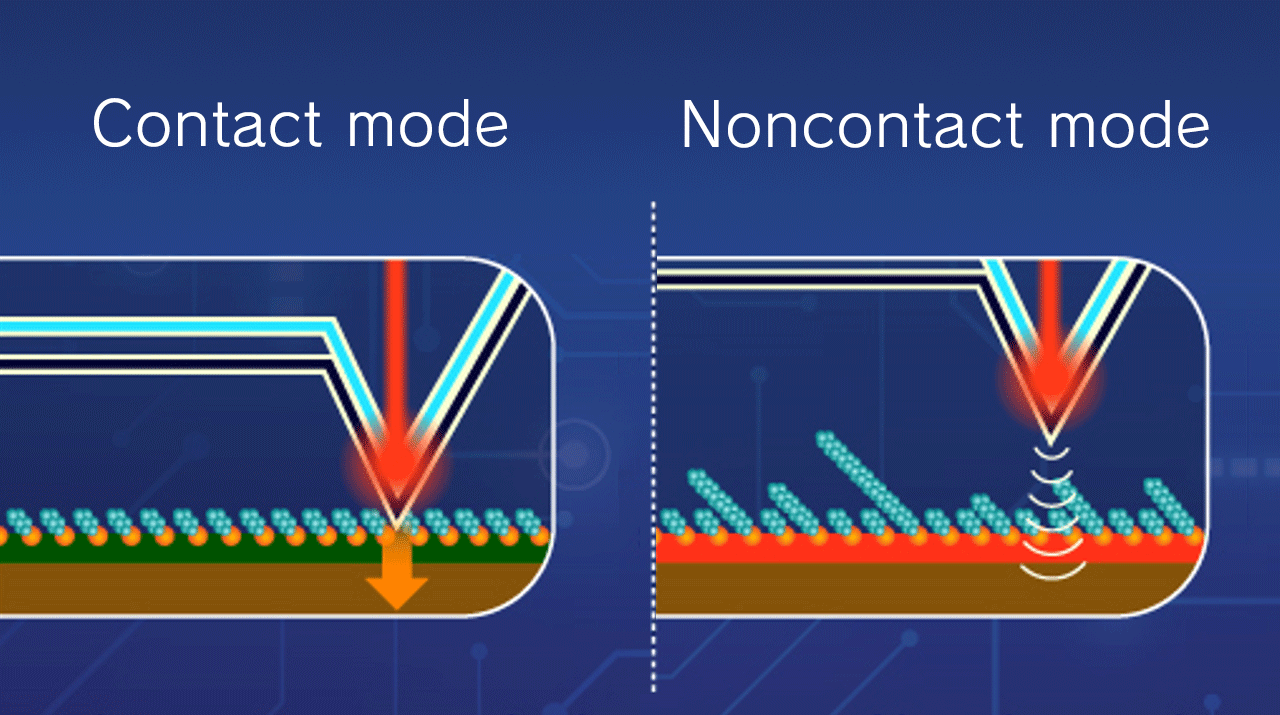
Visualizing Temperature Transport: An Unexpected Technique for Nanoscale Characterization
-
November 25, 2021
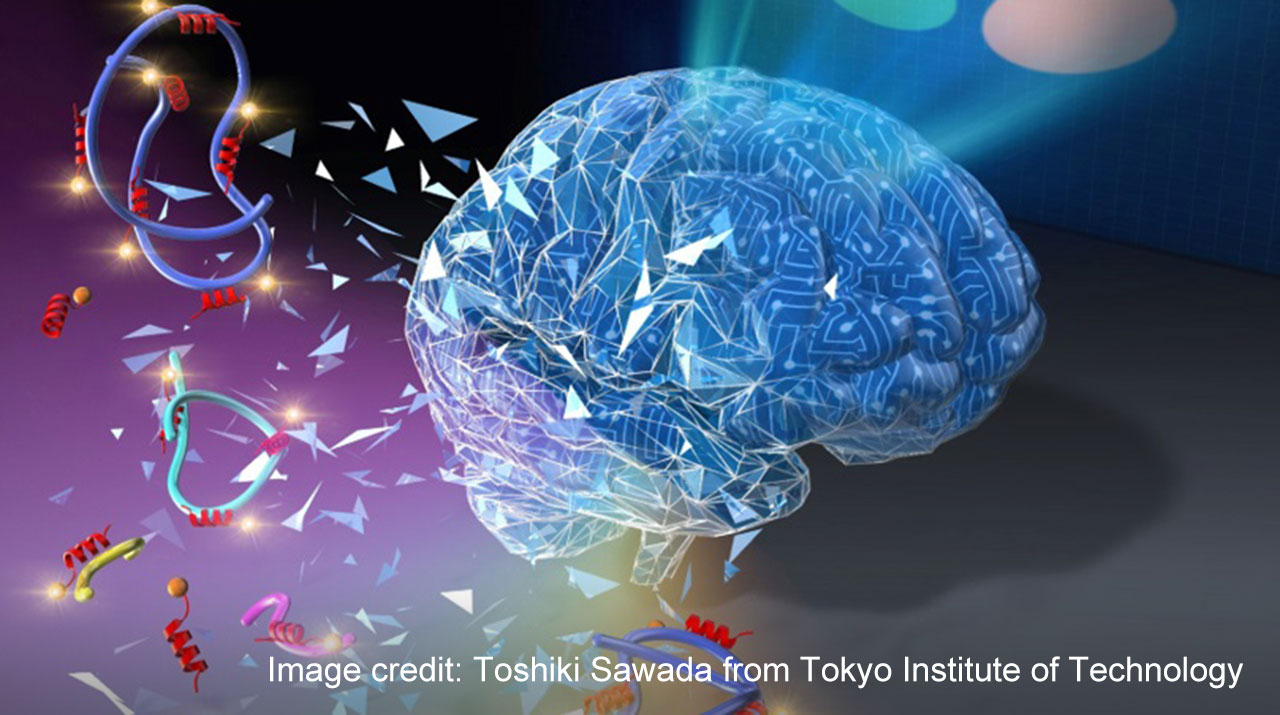
New Polymer Detection Method to Turn the (Pep)Tide in the Fight Against Water Pollution
-
November 2, 2021

Plant from Plastics: Bio-based Polymers Can Be Transformed into Fertilizers
-
October 27, 2021
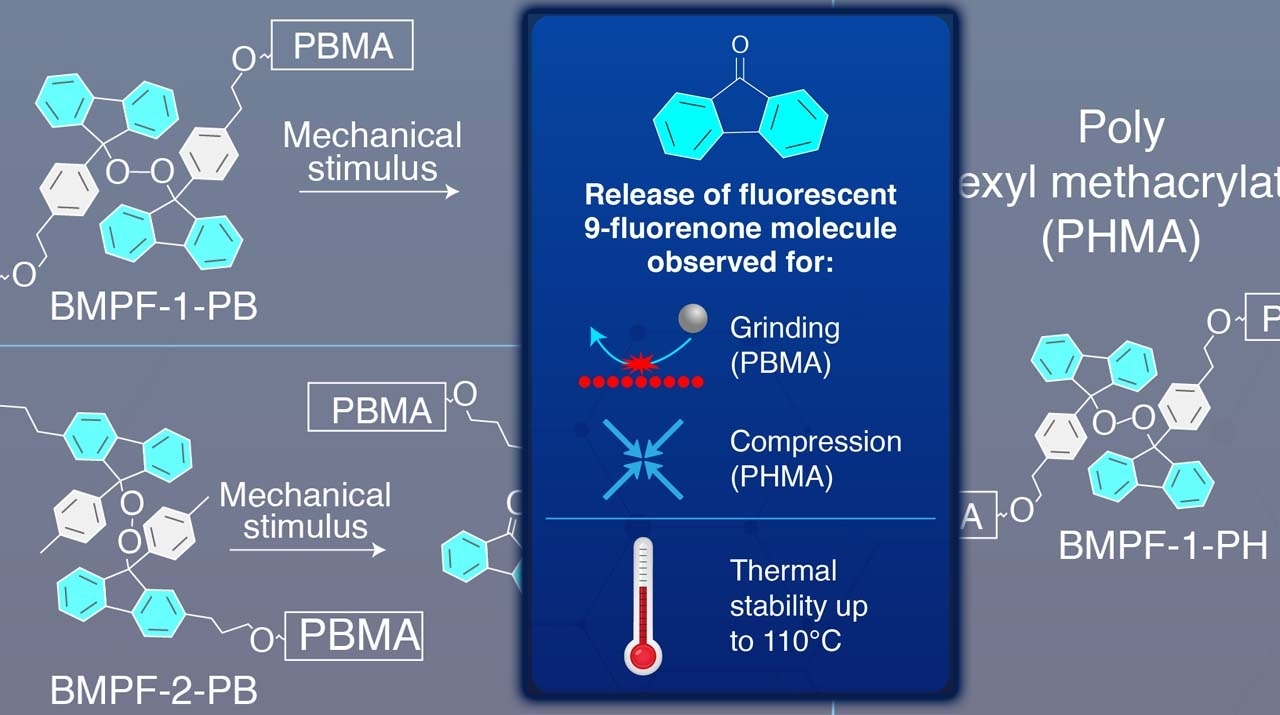
Novel Peroxide-based Material Emits Fluorescence in Response to Stress
-
September 1, 2021
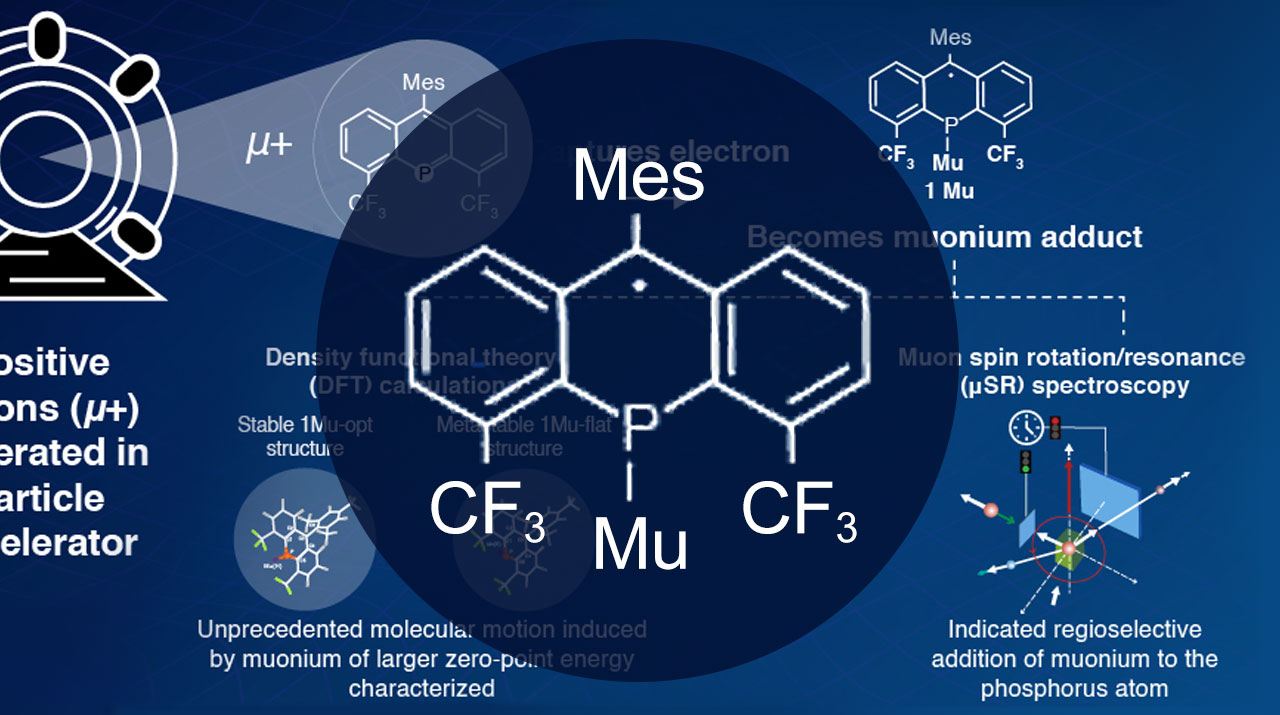
It's Elementary: Visualizing Molecular Motion of Substituted 9-Phosphaanthracene
-
August 19, 2021
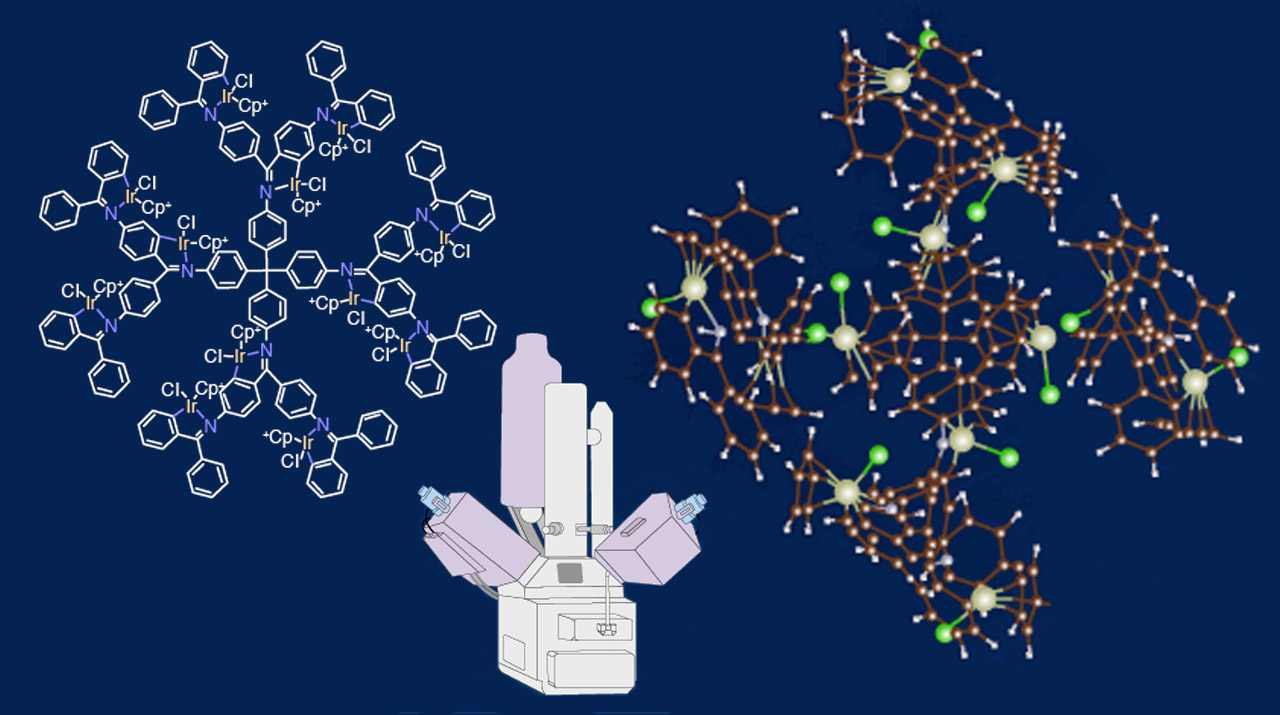
Novel Molecular Imaging Technique Casts Complex Coordination Molecules in a New Light!
-
August 16, 2021

Less Is More: "Reduction" Allows for Cleaner and More Efficient Catalytic Reactions
-
July 27, 2021

ASUNARO Grant established, 5 researchers including Assist. Prof. Ryosuke TAKEHARA awarded in first call
-
July 2, 2021
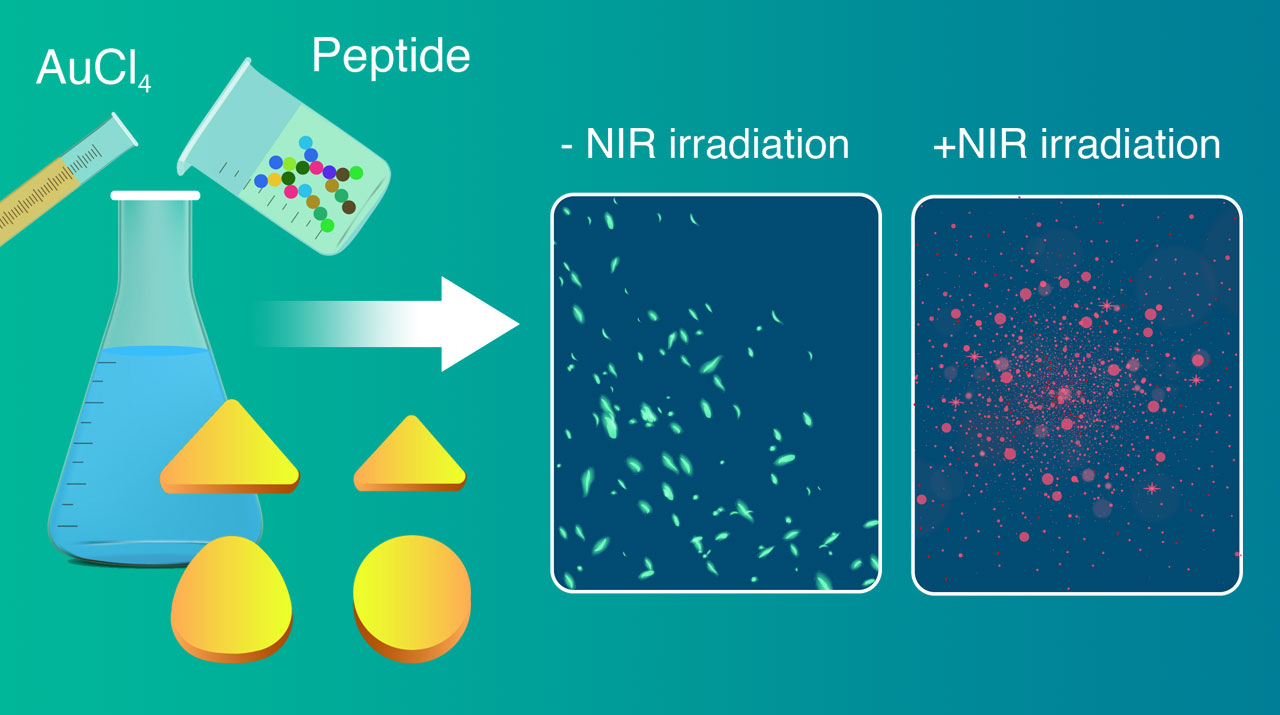
Striking Gold: Synthesizing Green Gold Nanoparticles for Cancer Therapy with Biomolecules
-
June 10, 2021
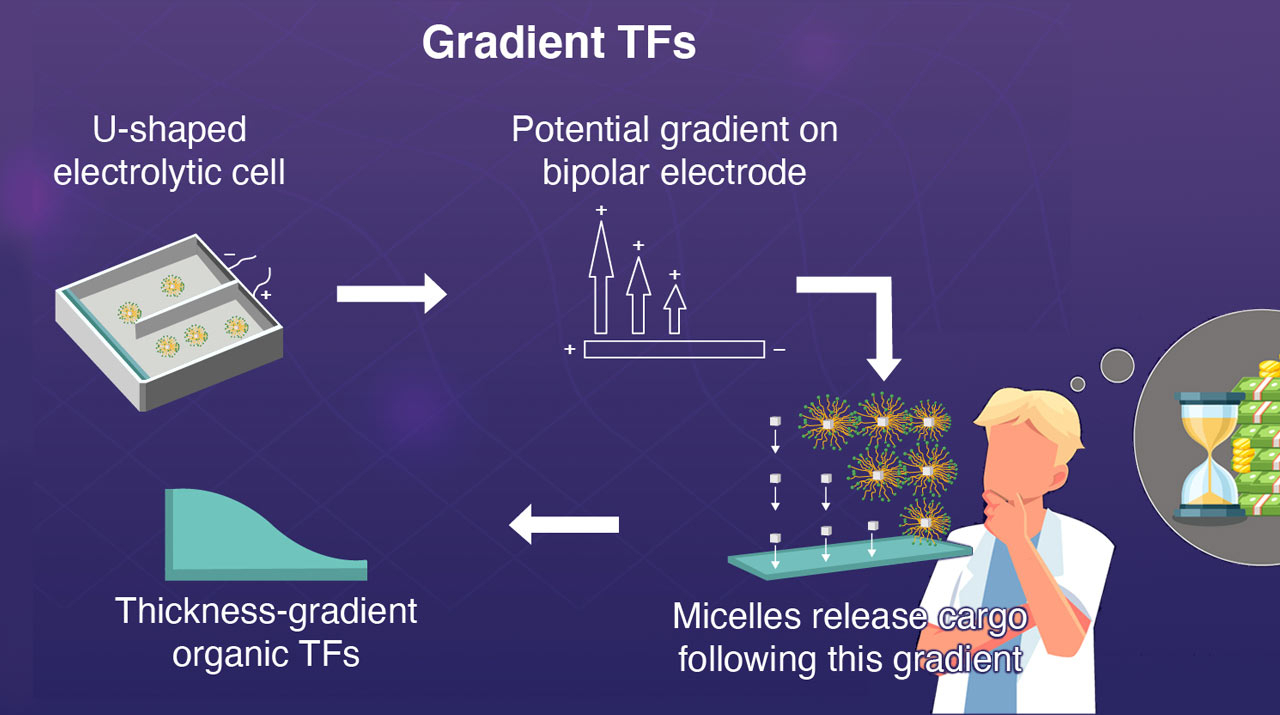
Bipolar Order: A Straightforward Technique to Have More Control Over Organic Thin Films
-
June 2, 2021
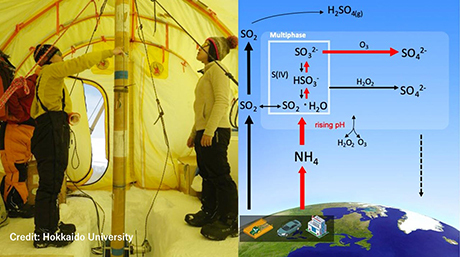
Ice core data show why, despite lower sulfur emissions in U.S. and Western Europe, air pollution is dropping more slowly
-
June 1, 2021
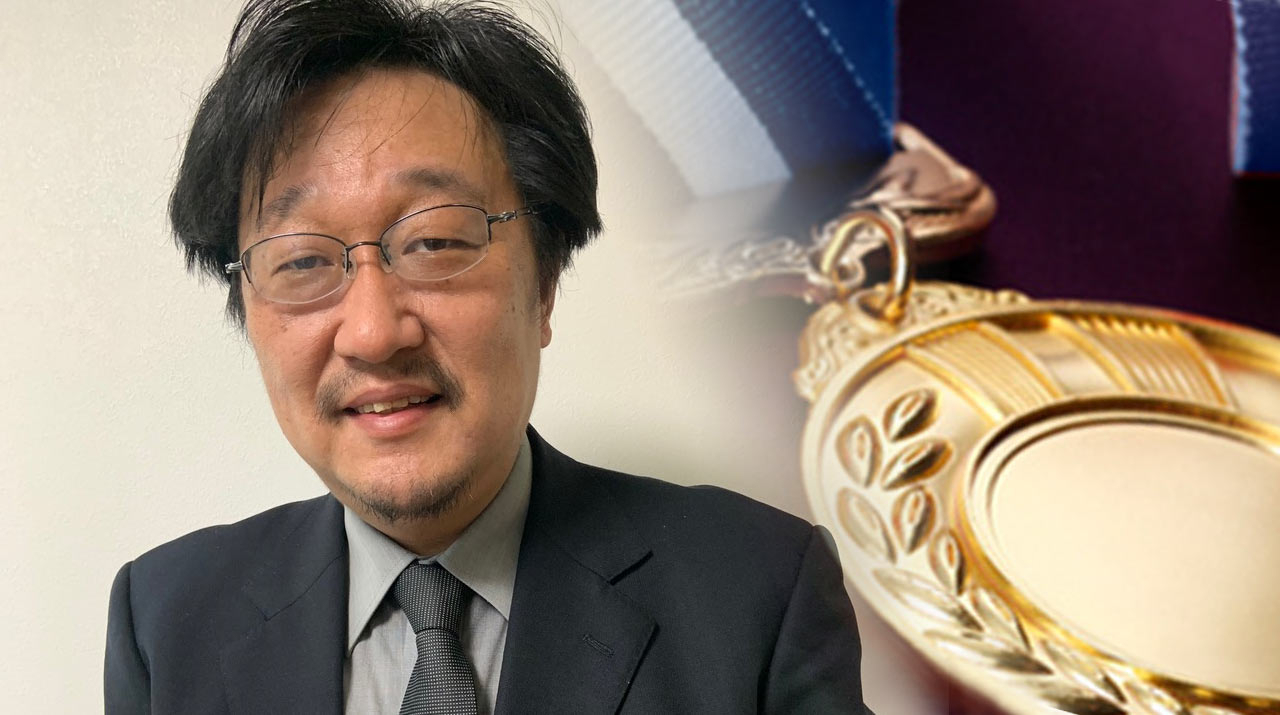
Prof. Ken Nakajima receives The Society Award given by The Japan Society of Vacuum and Surface Science.
-
May 18, 2021
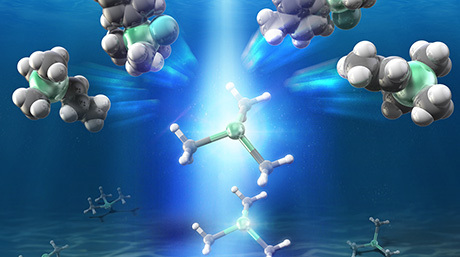
Touched by Light: Photoexcited Stannyl Anions Are Great for Producing Organotin Compounds
-
March 3, 2021
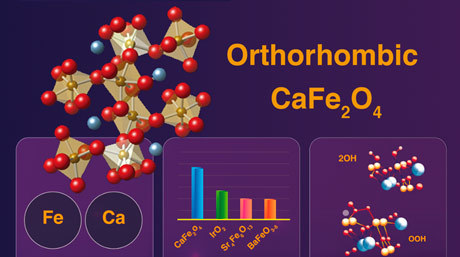
Dethroning Electrocatalysts for Hydrogen Production with Inexpensive Alternative Material
-
February 4, 2021
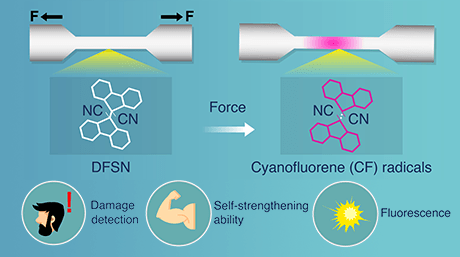
A Show of Force: Novel Polymer that Toughens Up and Changes Color Upon Mechanical Stress
-
January 28, 2021

Keeping a Clean Path: Doubling the Capacity of Solid-State Lithium Batteries
-
January 19, 2021
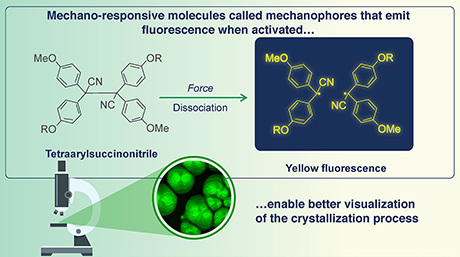
Mechanophores: Making Polymer Crystallization Processes Crystal Clear
-
December 23, 2020
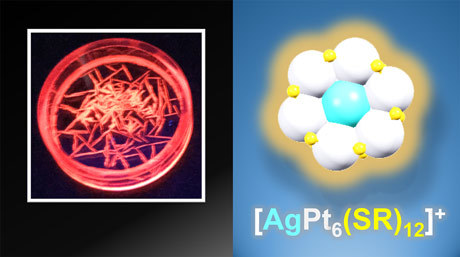
Silver Linings: Adding Silver to the Nanoclusters Can Do Wonders for their Luminescence
-
November 30, 2020
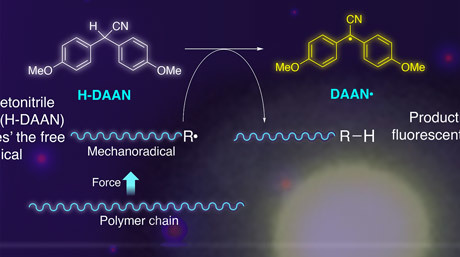
Taking a Shine to Polymers: Fluorescent Molecule Betrays the Breakdown of Polymer Materials
-
November 25, 2020

Fostering creativity in researchers: How Automation Can Revolutionize Materials Research
-
November 13, 2020

Smaller than Ever—Exploring the Unusual Properties of Quantum-sized Materials
-
October 27, 2020
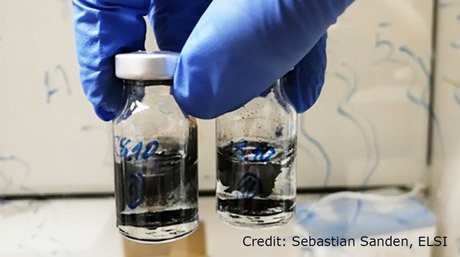
New study shows how complex metabolism may have self-assembled from simple precursors
-
October 9, 2020
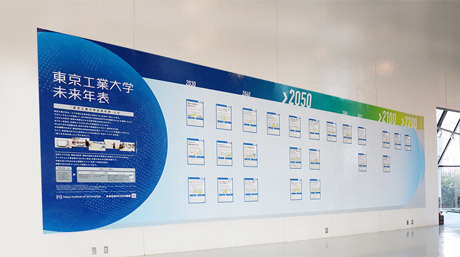
Four teams receive first DLab Challenge research grant -Assoc. Prof. Keita Yamada was elected the grant recipients-
-
September 16, 2020

Going Small for Big Solutions: Sub-Nanoparticle Catalysts Made from Coinage Elements as Effective Catalysts
-
September 9, 2020
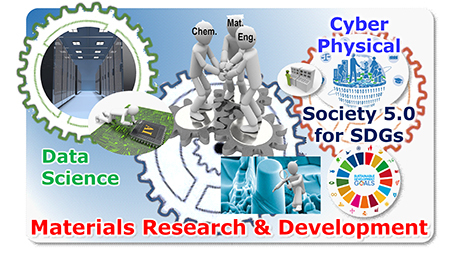
Welcome to Interdisciplinary Education Program on Material Research and Development Synergized by Data Science for Advanced Human Resource (Id-MatD2)
-
August 17, 2020

Scientists identify missing source of atmospheric carbonyl sulfide
-
July 30, 2020
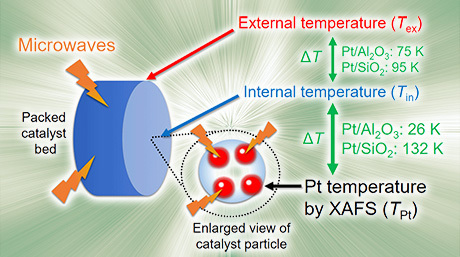
Heat Smarter, Not Harder— How Microwaves Make Catalytic Reactions More Efficient
-
July 27, 2020
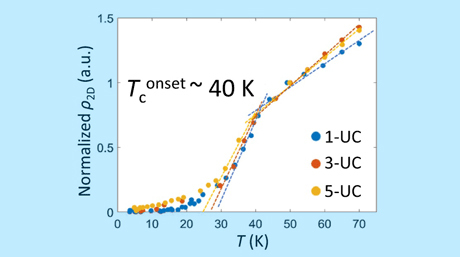
’Ironing’ out the differences: Understanding superconductivity in ultrathin FeSe
-
May 12, 2020
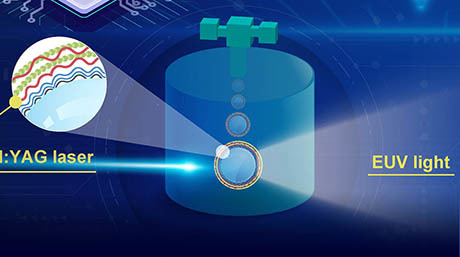
Novel tin "bubbles" spur advances in the development of integrated chips
-
April 2, 2020

Prof. Naohiro Yoshida named Clair C. Patterson Medalist and Geochemistry Fellow
-
February 27, 2020

Synthesizing a Superatom: Opening Doors to their Use as Substitutes for Elemental Atoms
-
February 10, 2020
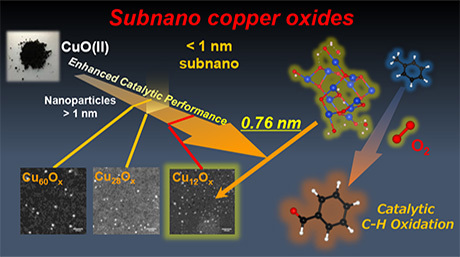
The power of going small: Copper oxide subnanoparticle catalysts prove most superior
-
January 24, 2020

Mixing the unmixable —A novel approach for efficiently fusing different polymers
-
December 2, 2019
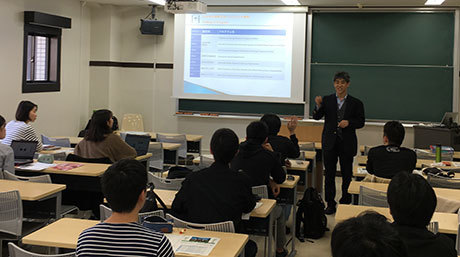
Three Schools' 2019 International Exchange Outbound Program participants return
-
November 26, 2019
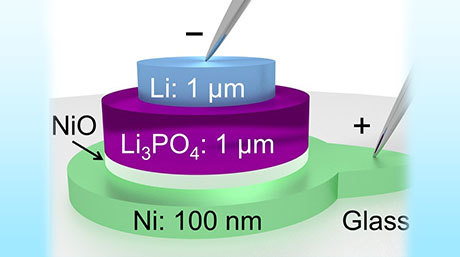
Small, fast, and highly energy-efficient memory device inspired by lithium-ion batteries
-
November 13, 2019
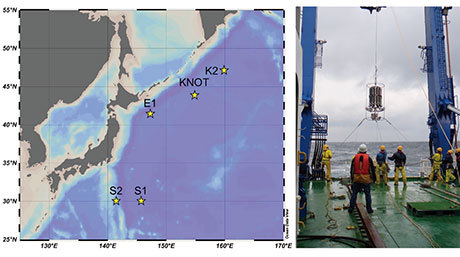
Nitrous oxide emissions set to rise in the western North Pacific Ocean
-
October 29, 2019

How perovskite in solar cells recrystallizes and why modified carbon nanotubes can help overcome the reproducibility problem by making use of this
-
October 16, 2019
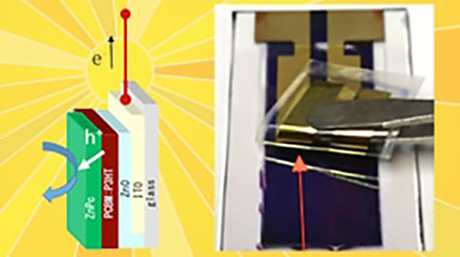
Eco-friendly electrochemical catalysts using solar cells to harvest energy from the sun
-
September 17, 2019
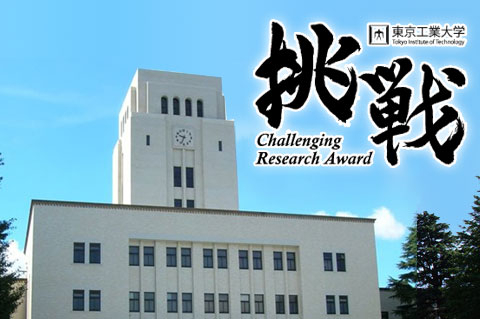
2019 Tokyo Tech Challenging Research Award
-
September 12, 2019
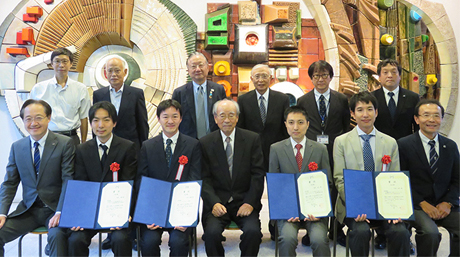
Four Tokyo Tech researchers receive 2019 Suematsu Digital Technology Award
-
September 10, 2019
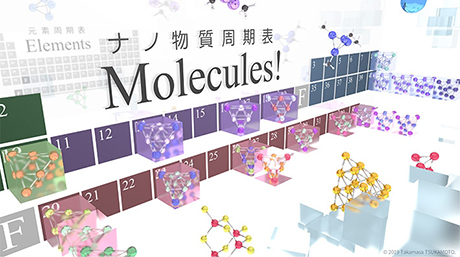
Discovery of periodic tables for molecules
-
August 30, 2019
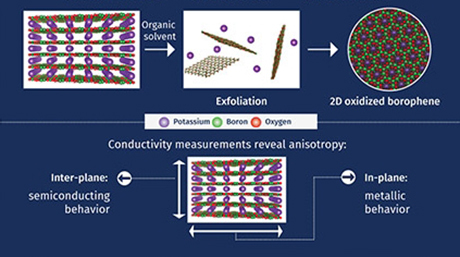
Can't get thinner than this: synthesis of atomically flat boron sheets
-
June 24, 2019
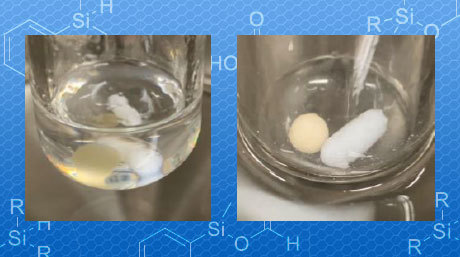
A metal-free, sustainable approach to CO2 reduction
-
May 20, 2019
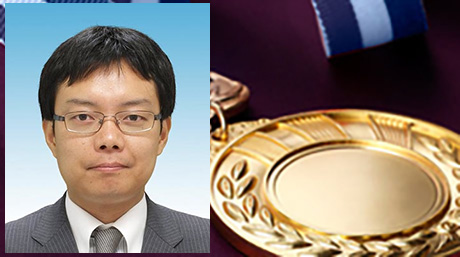
Associate Professor Ken Motokura receive FY2019 MEXT Commendation
-
March 27, 2019

Shinsuke Inagi and Masaaki Kitano are FY2018 STAR grant recipients
-
March 27, 2019
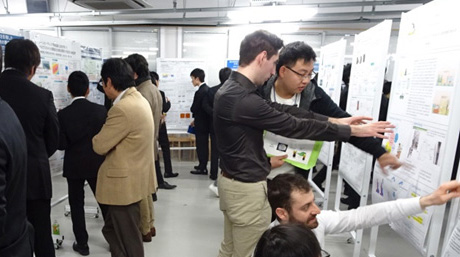
Energy students instigate interdisciplinary discussion and collaboration
-
February 18, 2019
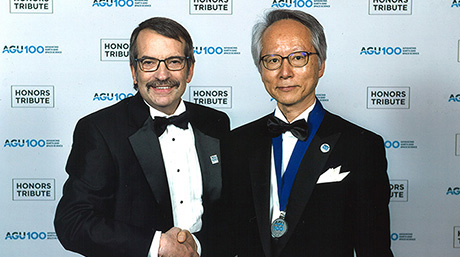
Naohiro Yoshida attends AGU Honors Ceremony
-
November 29, 2018
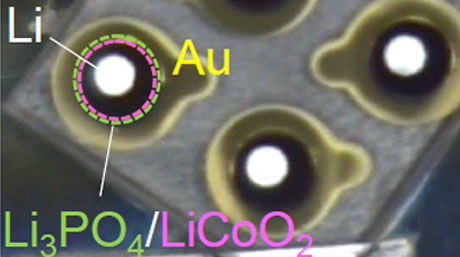
Making it crystal clear: Crystallinity reduces resistance in all-solid-state batteries
-
November 8, 2018
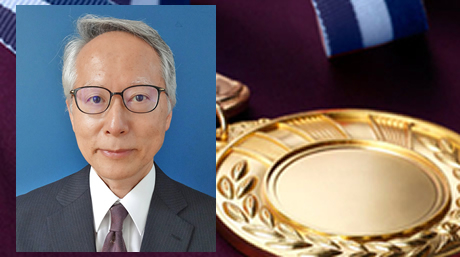
Prof. Naohiro Yoshida awarded Medal of Honor with Purple Ribbon
-
October 17, 2018
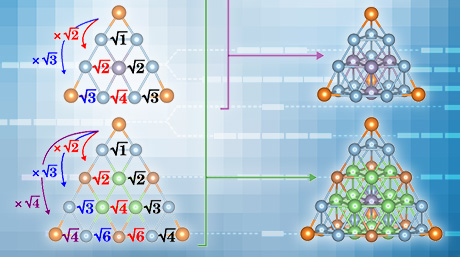
How a tetrahedral substance can be more symmetrical than a spherical atom
-
October 15, 2018
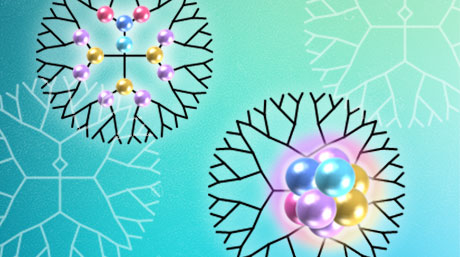
Breakthrough in blending metals: Precise control of multimetallic one-nanometer cluster formation achieved
-
October 12, 2018
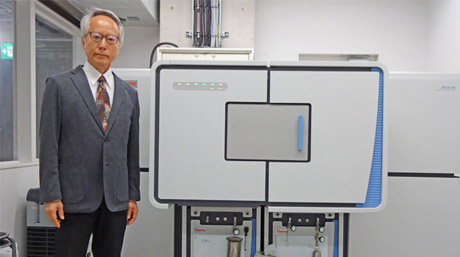
Naohiro Yoshida elected an AGU Fellow
-
September 18, 2018

Tokyo Tech’s Hara 13th at Duathlon World Championships
-
August 31, 2018
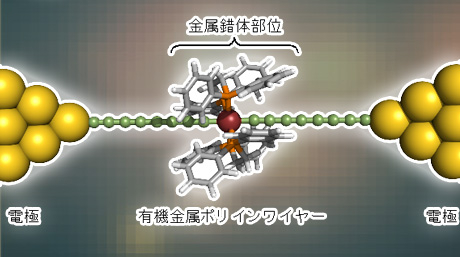
All wired up: New molecular wires for single-molecule electronic devices
-
August 15, 2018
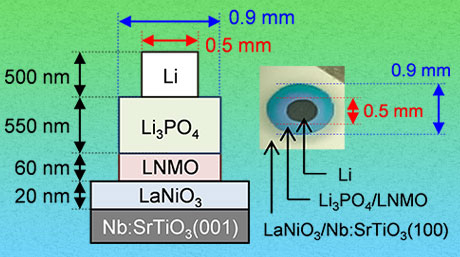
Expanding the limits of Li-ion batteries: Electrodes for all-solid-state batteries
-
August 1, 2018

Tokyo Tech student eyes Duathlon World Championships
-
July 25, 2018

Organic Photocatalyst: Reducing energy loss
-
May 15, 2018
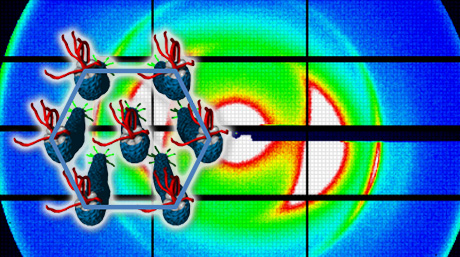
Non-toxic filamentous virus helps quickly dissipate heat generated by electronic devices
-
February 22, 2018

Nitrate flux in the Arctic not following the decreasing NOx emissions in neighboring countries
-
November 16, 2017

Photopolymerization-triggered molecular motion for flexible liquid crystal display
-
April 4, 2017
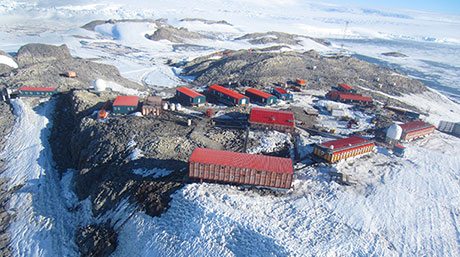
Isotopic makeup of atmospheric sulfate and nitrate
-
December 13, 2016
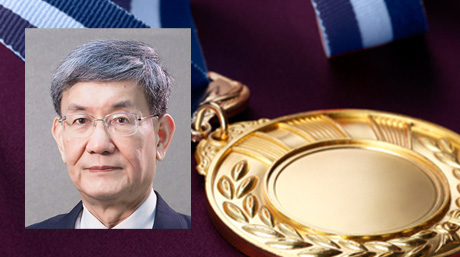
Emeritus Professor Wiwut Tanthapanichakoon awarded 2016 Autumn Conferment of Decoration on Foreign Nationals
-
December 7, 2016
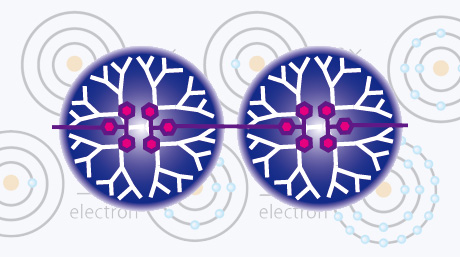
New aspect of atom mimicry for nanotechnology applications
-
September 27, 2016
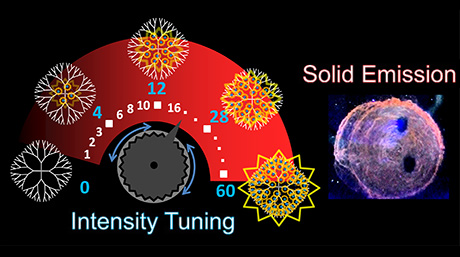
Controllable light-emitting materials to advance light sensing and nano-medicine
-
July 11, 2016
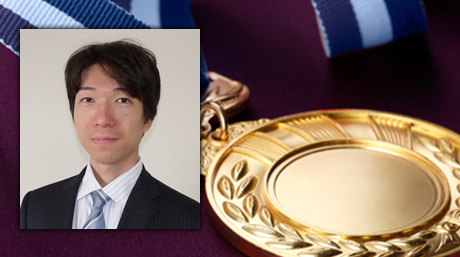
Associate Professor Shinsuke Inagi receives 2016 MEXT Young Scientists' Prize
-
July 6, 2016
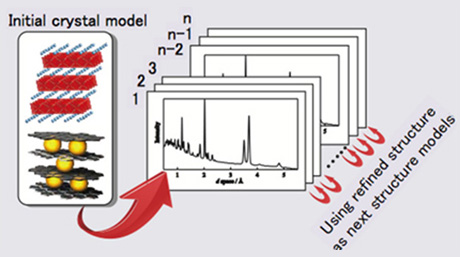
Neutron diffraction studies reveal origins of deterioration in lithium batteries
-
May 19, 2016
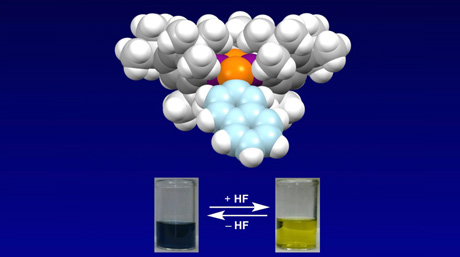
Fine tuning phosphorous heterocycle materials for organic electronics
-
April 1, 2016

Welcome to the Department of Chemical Science and Engineering website!
